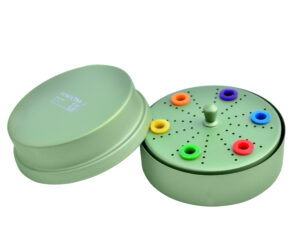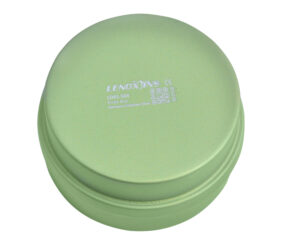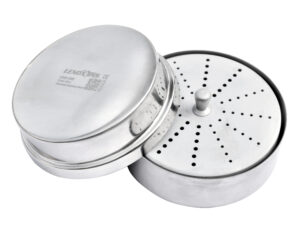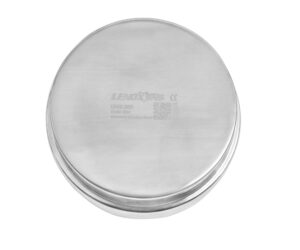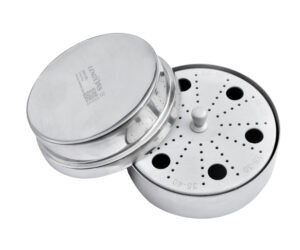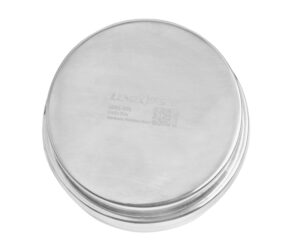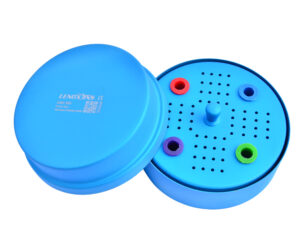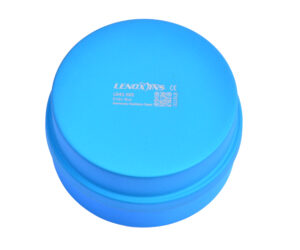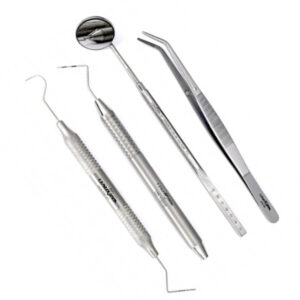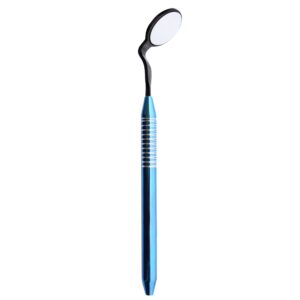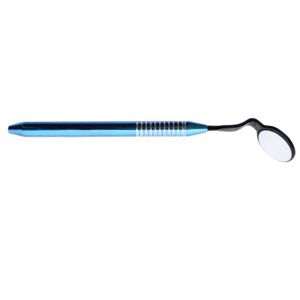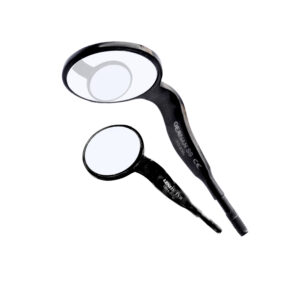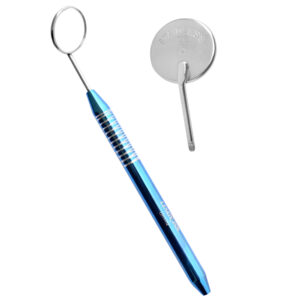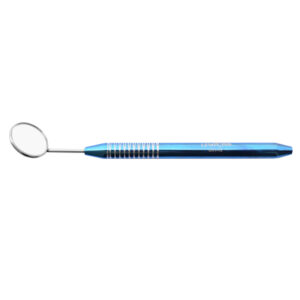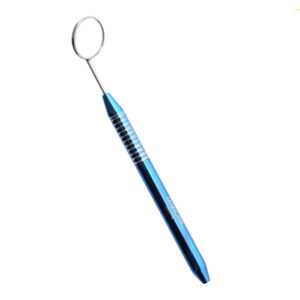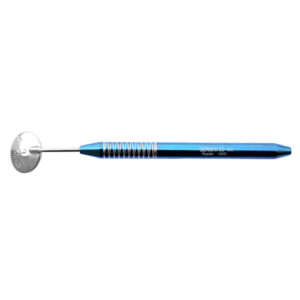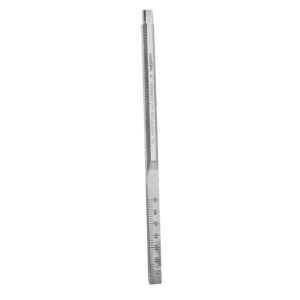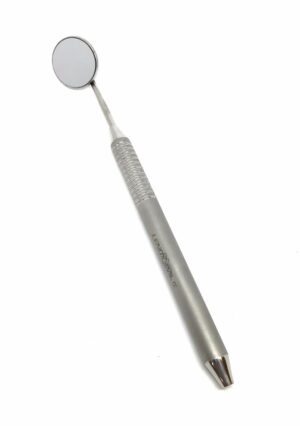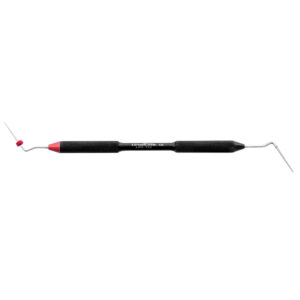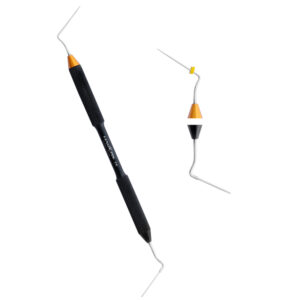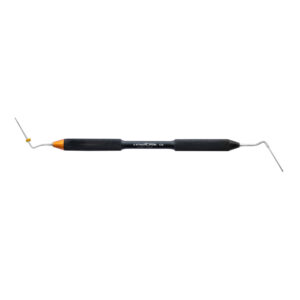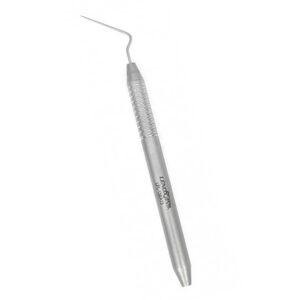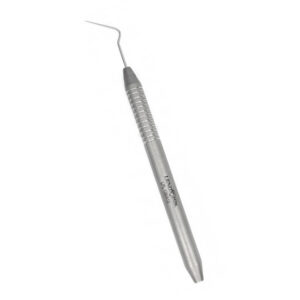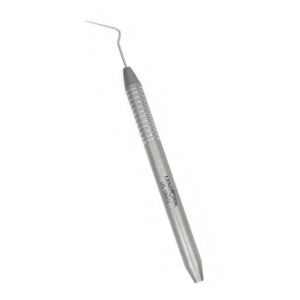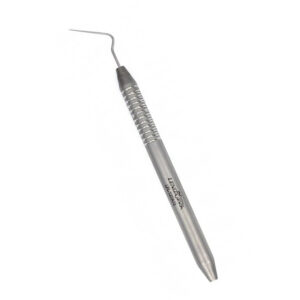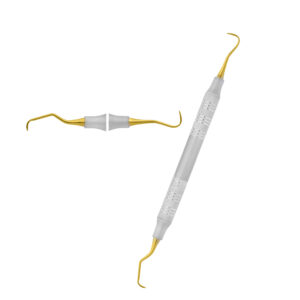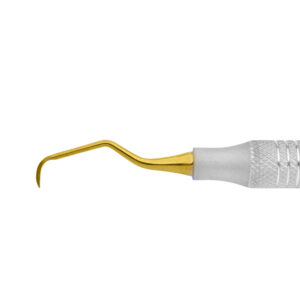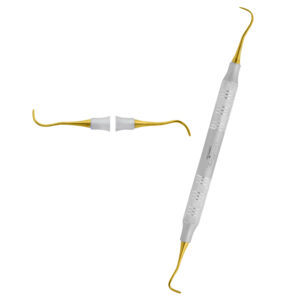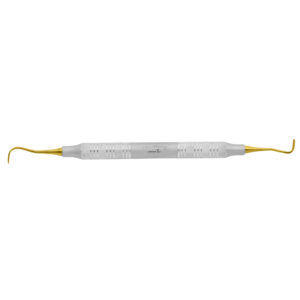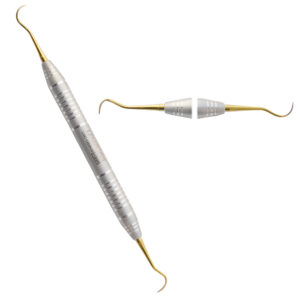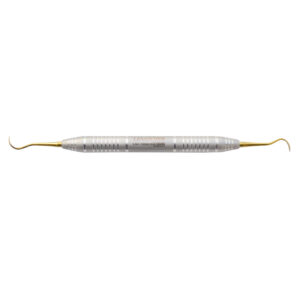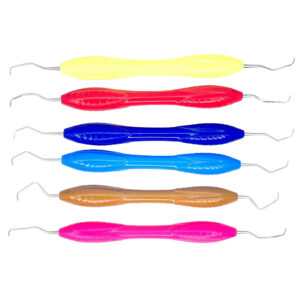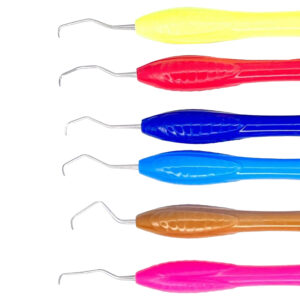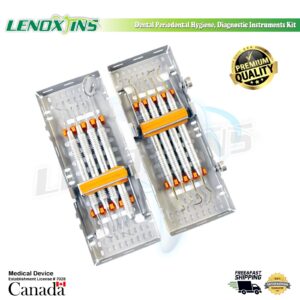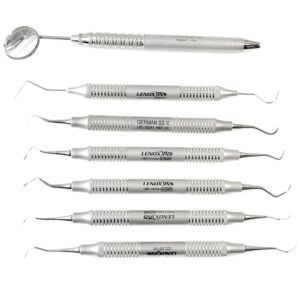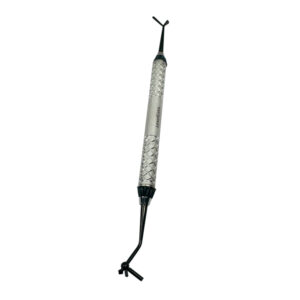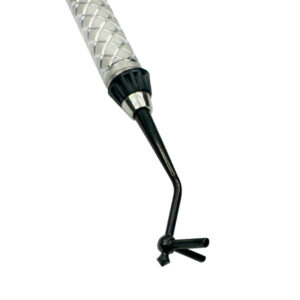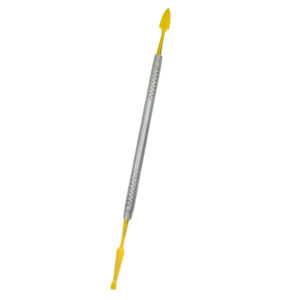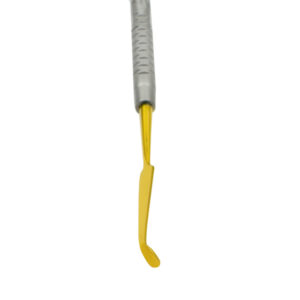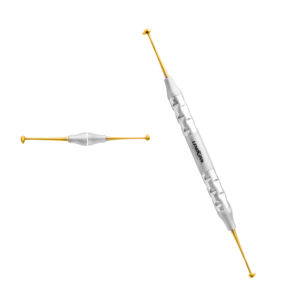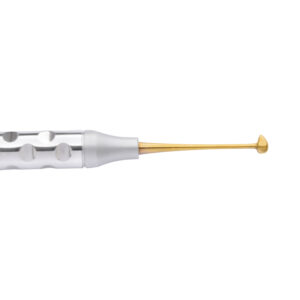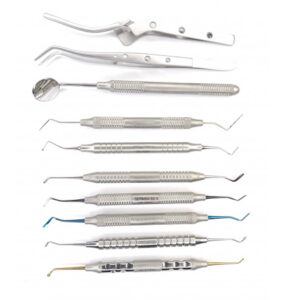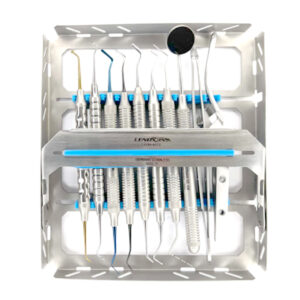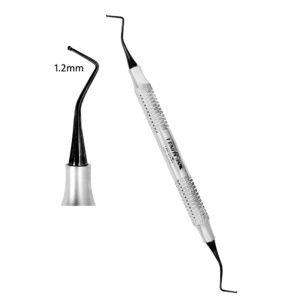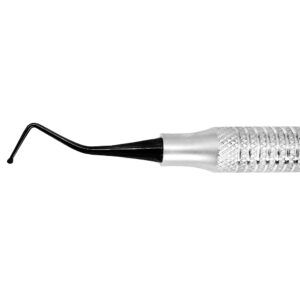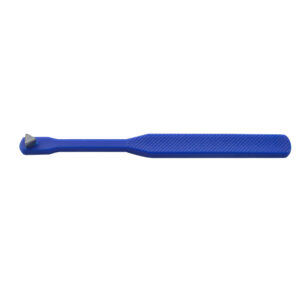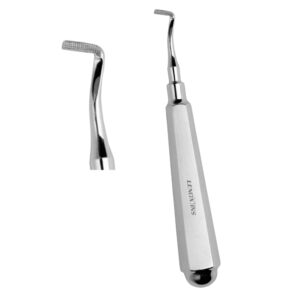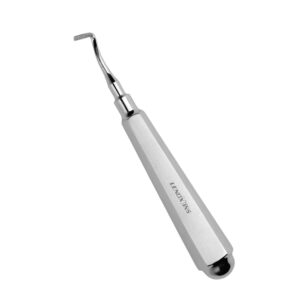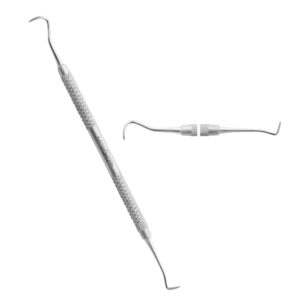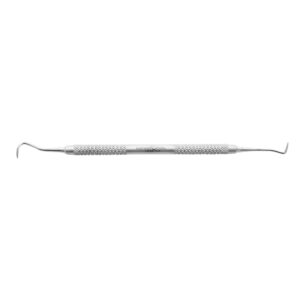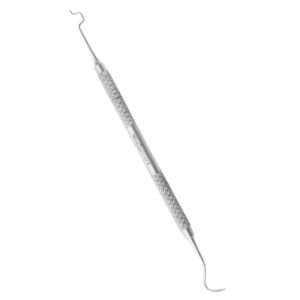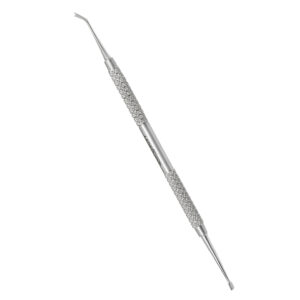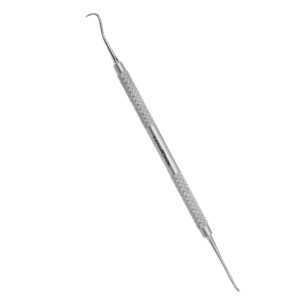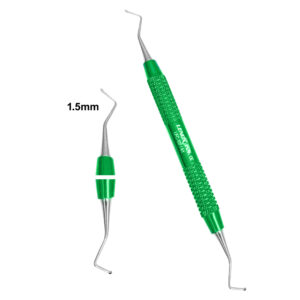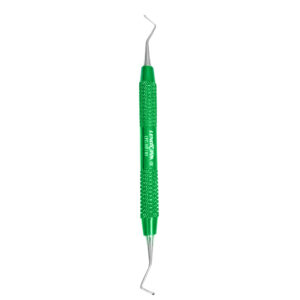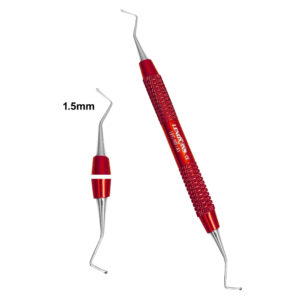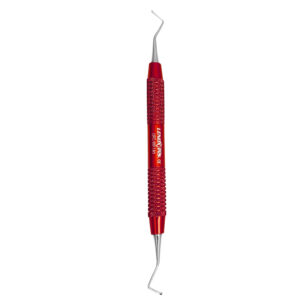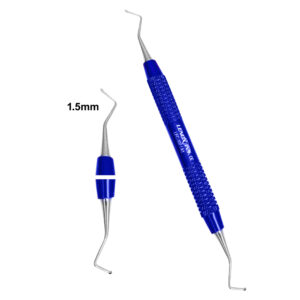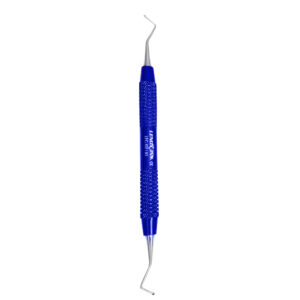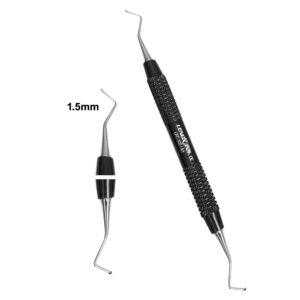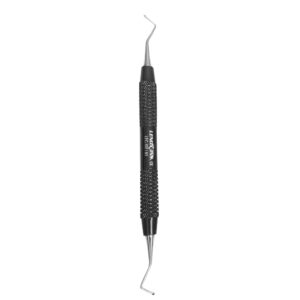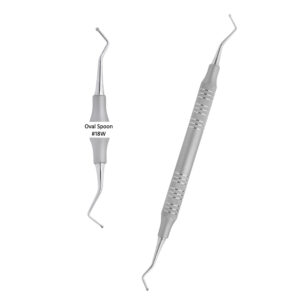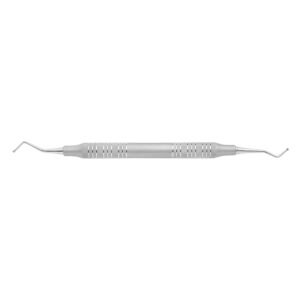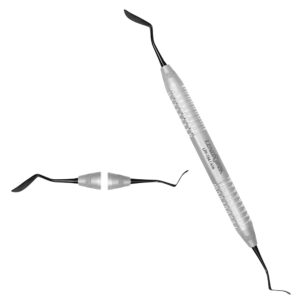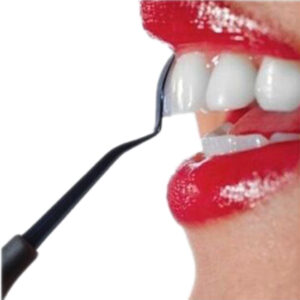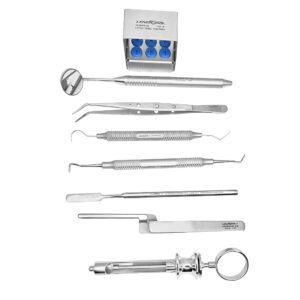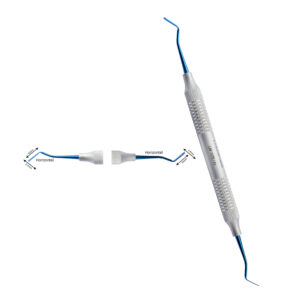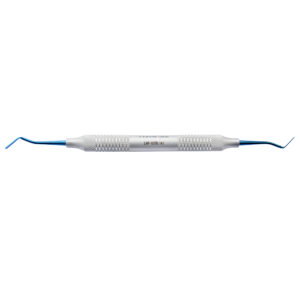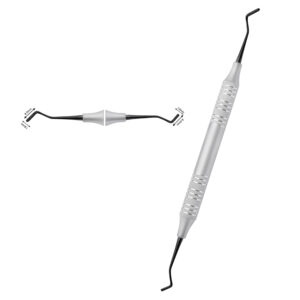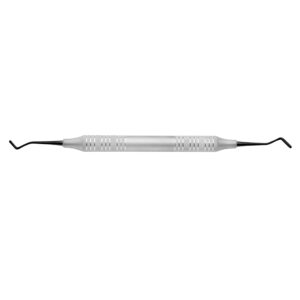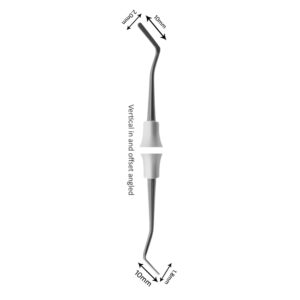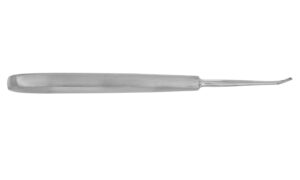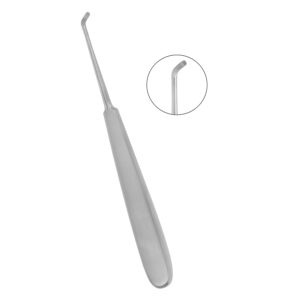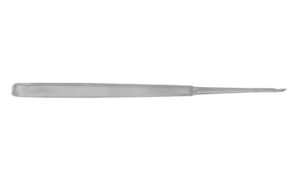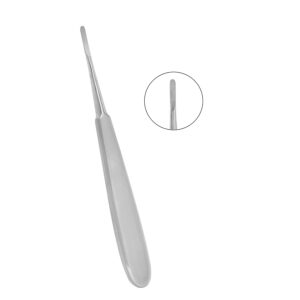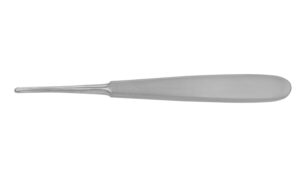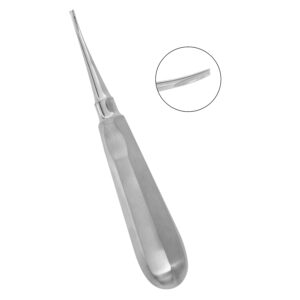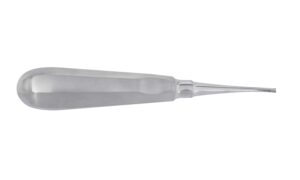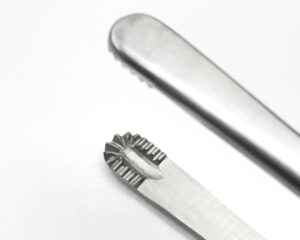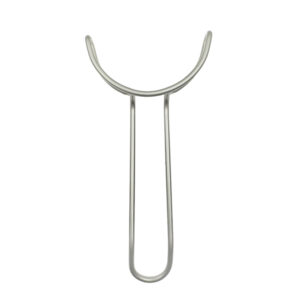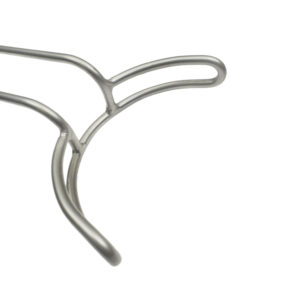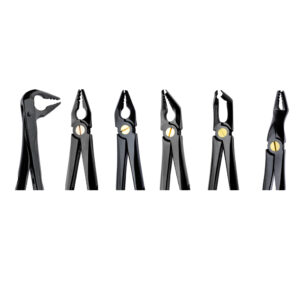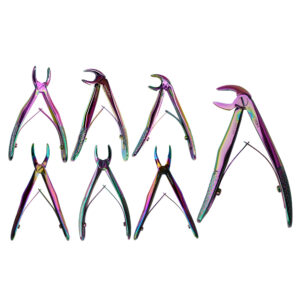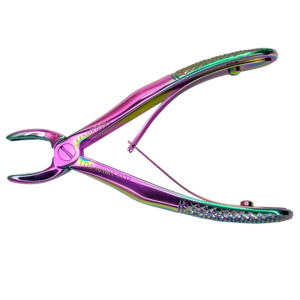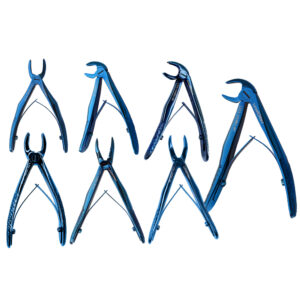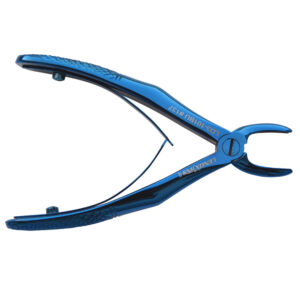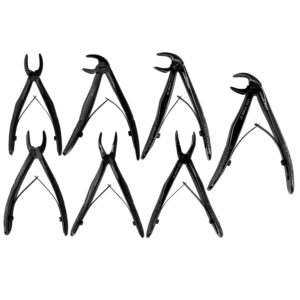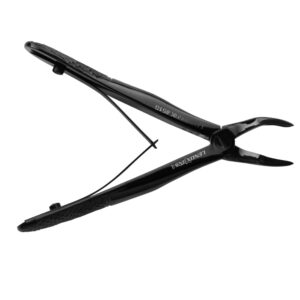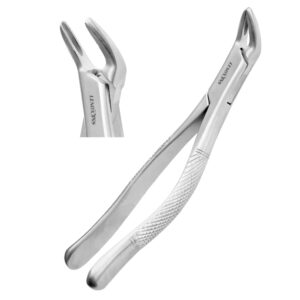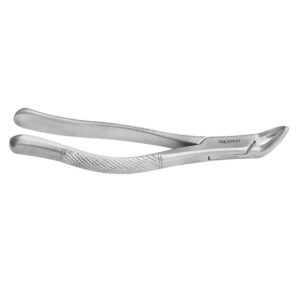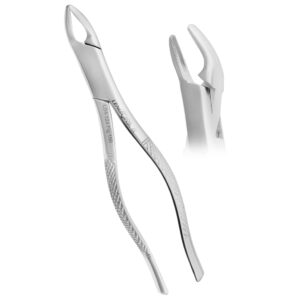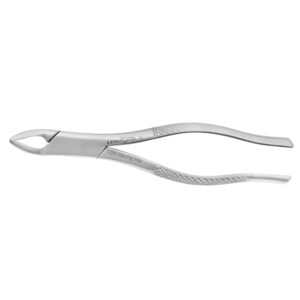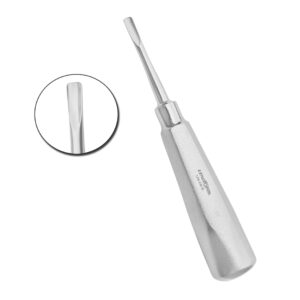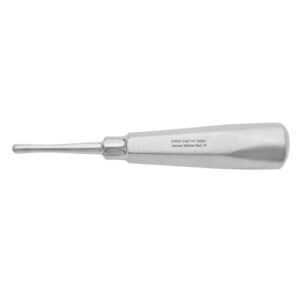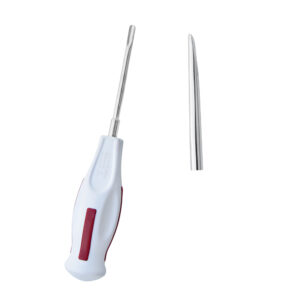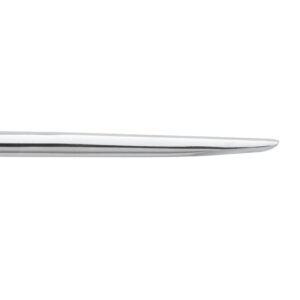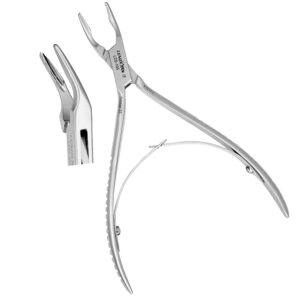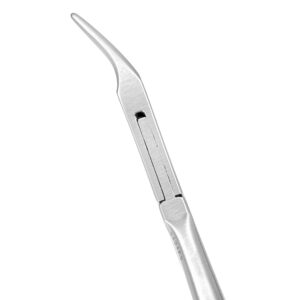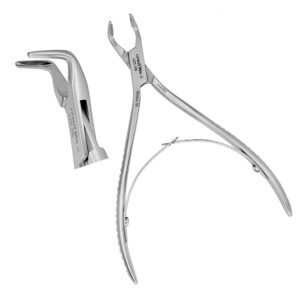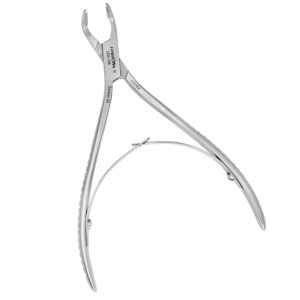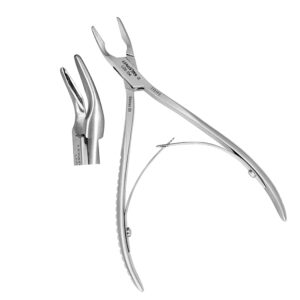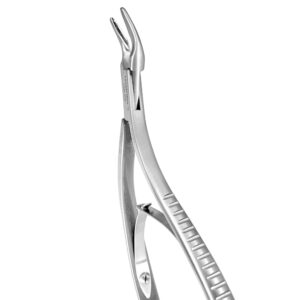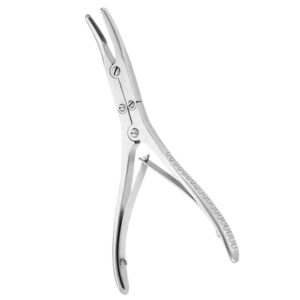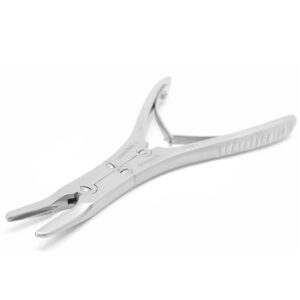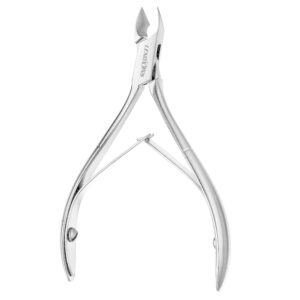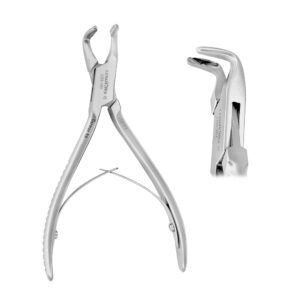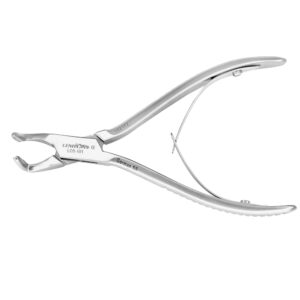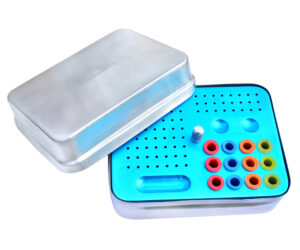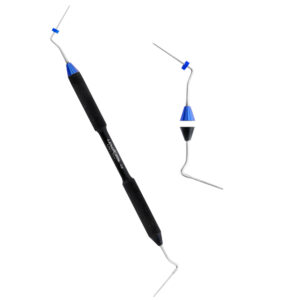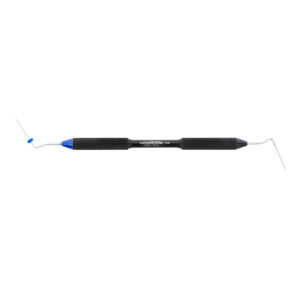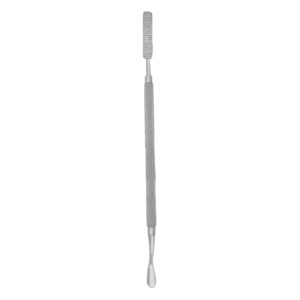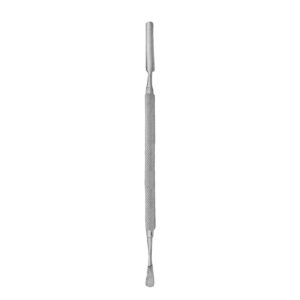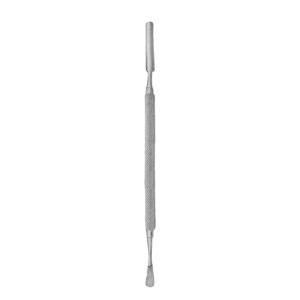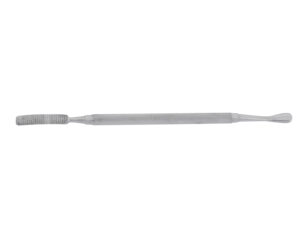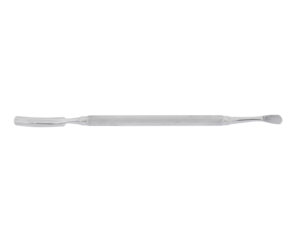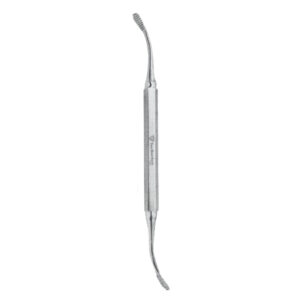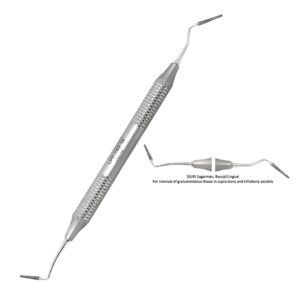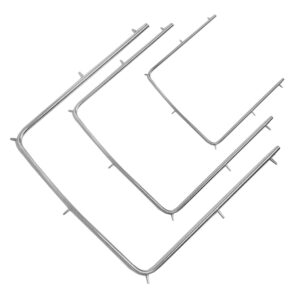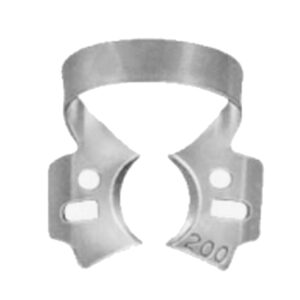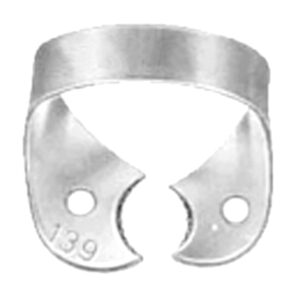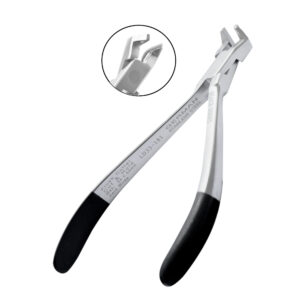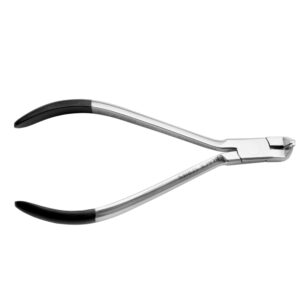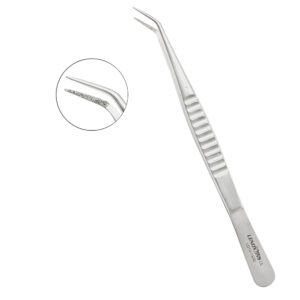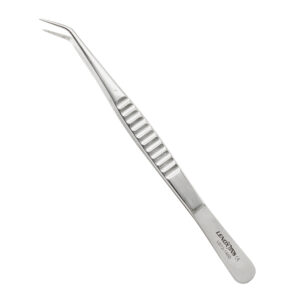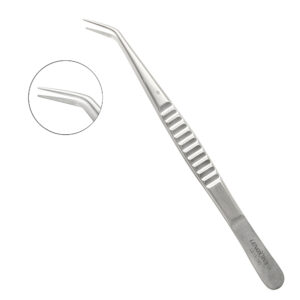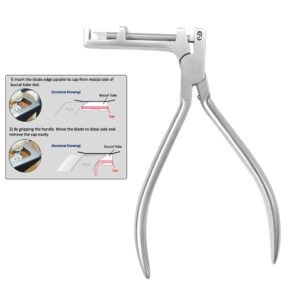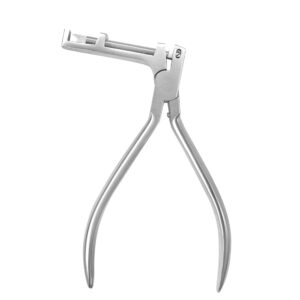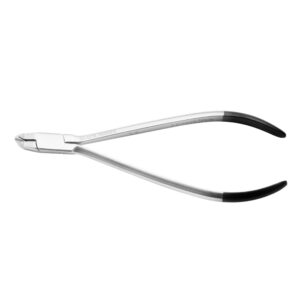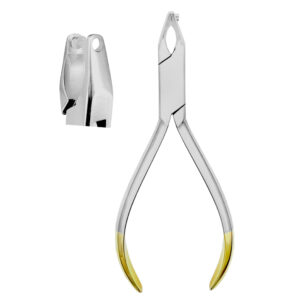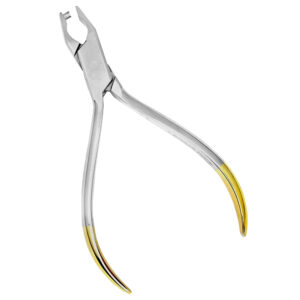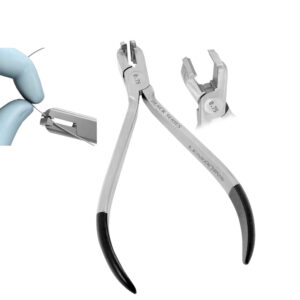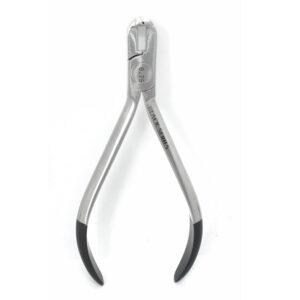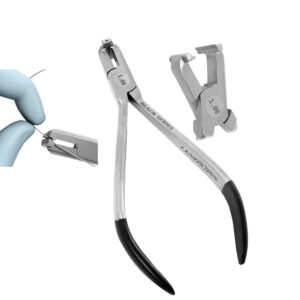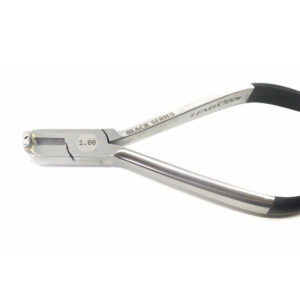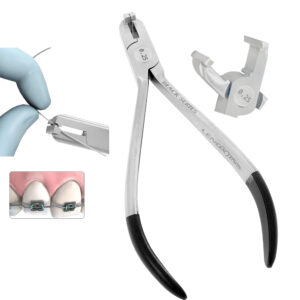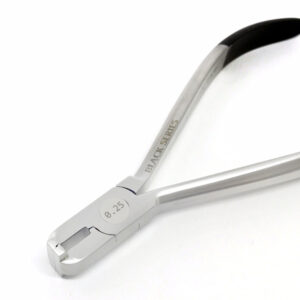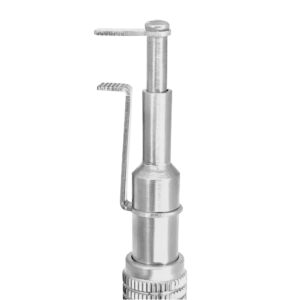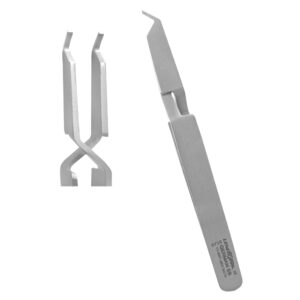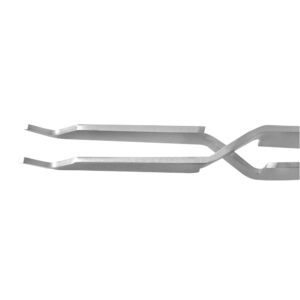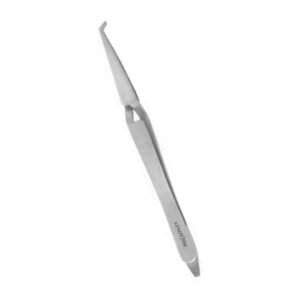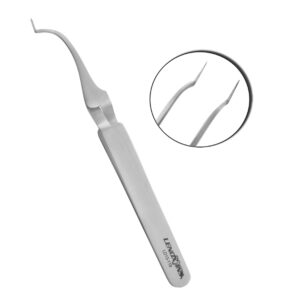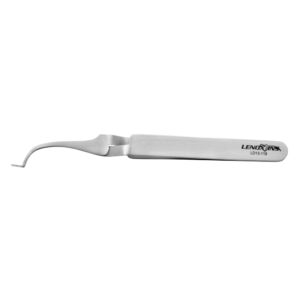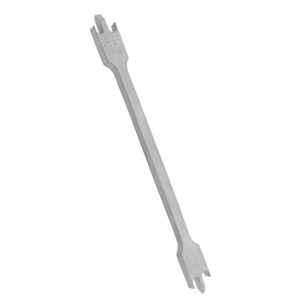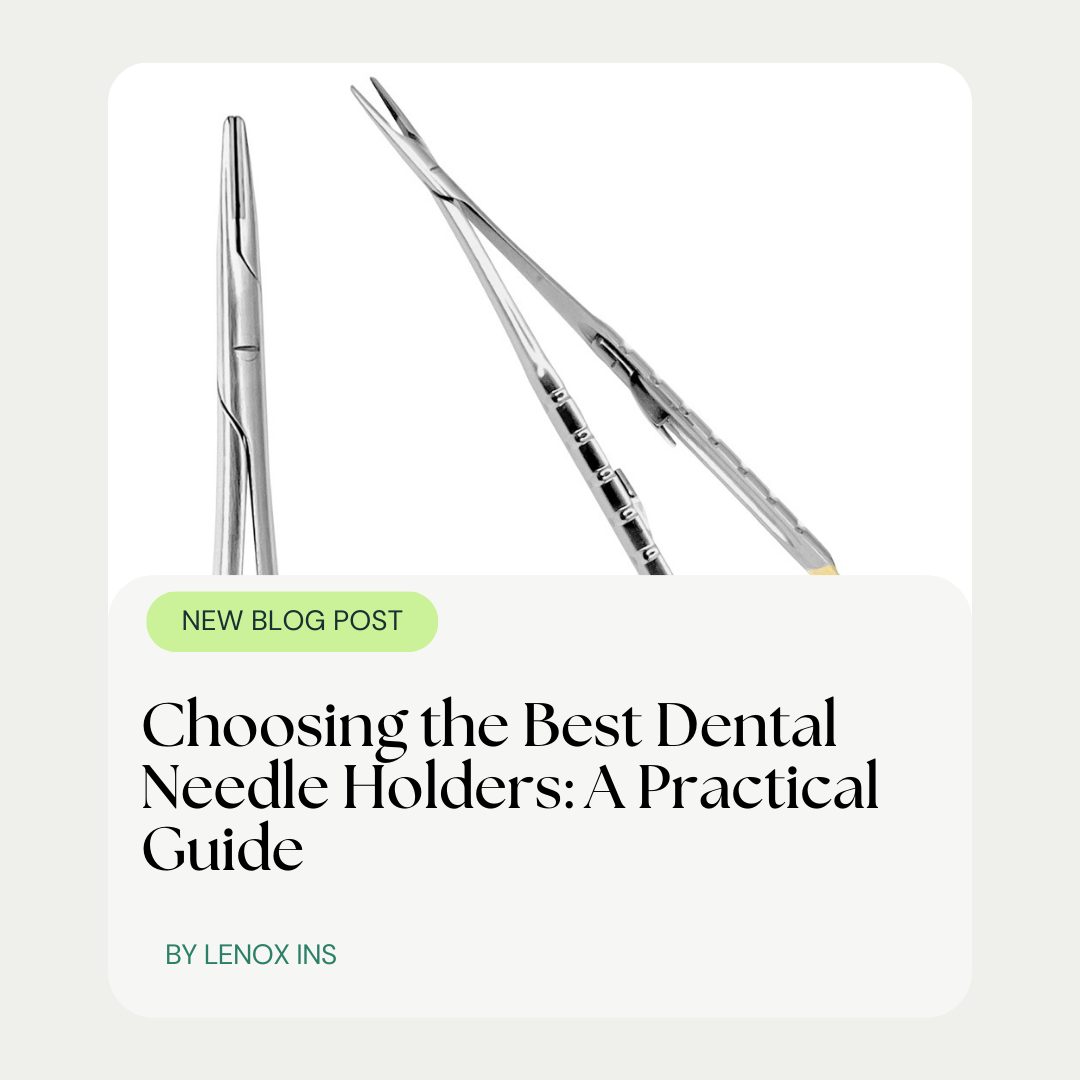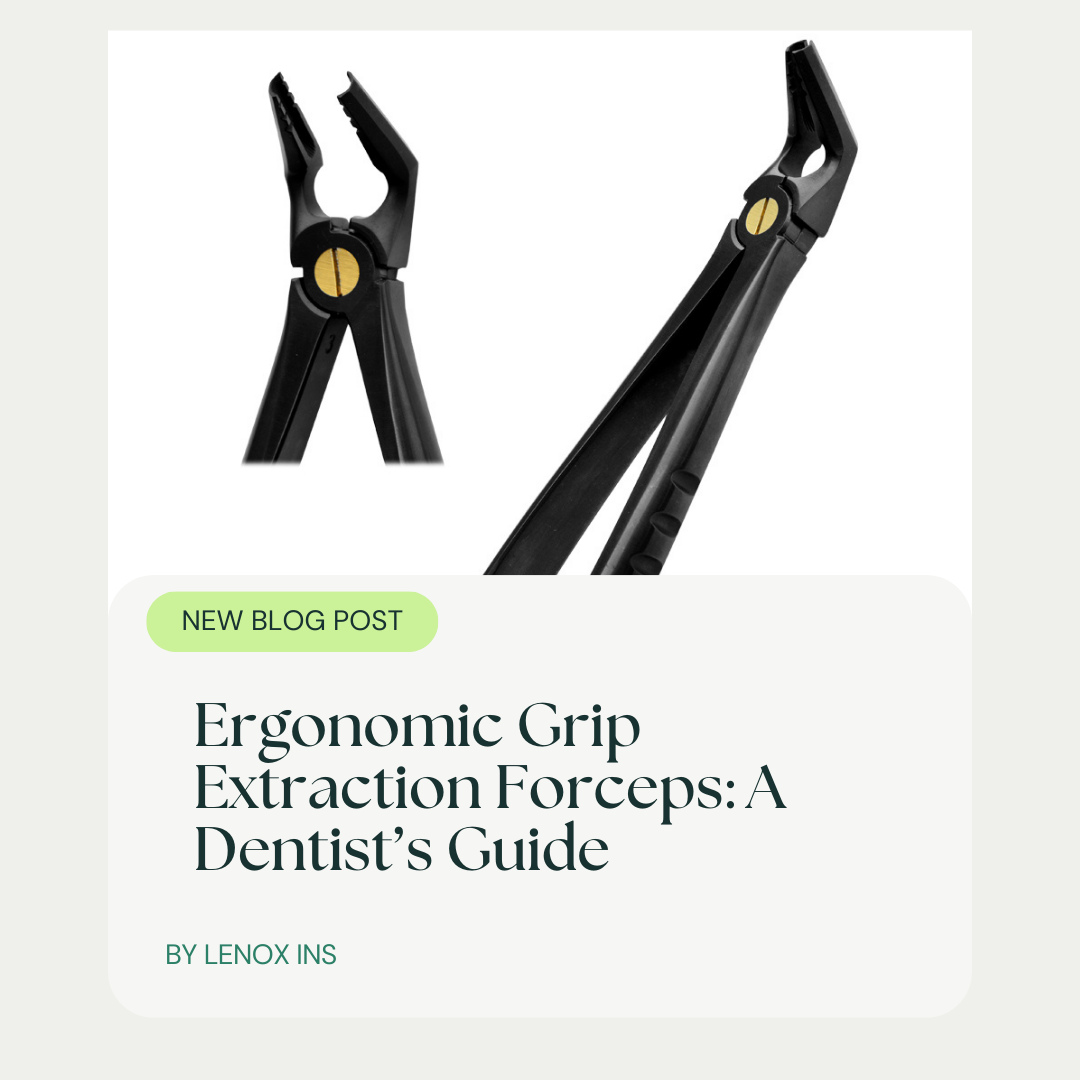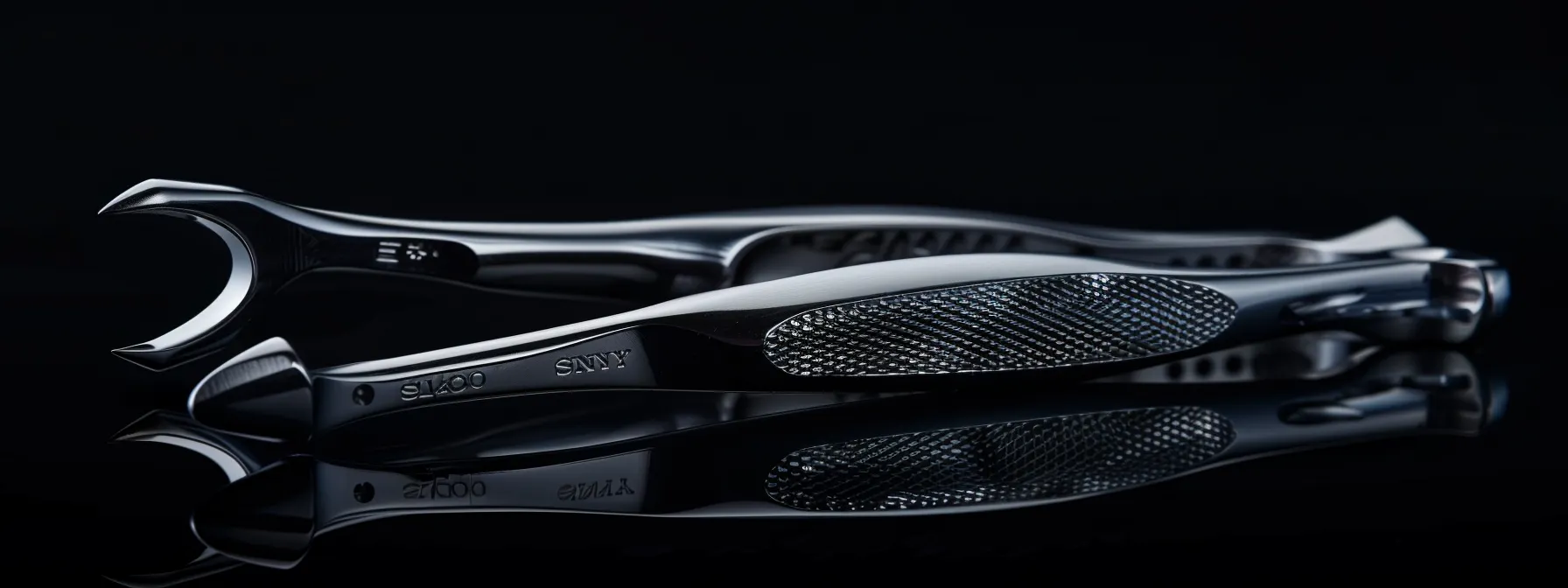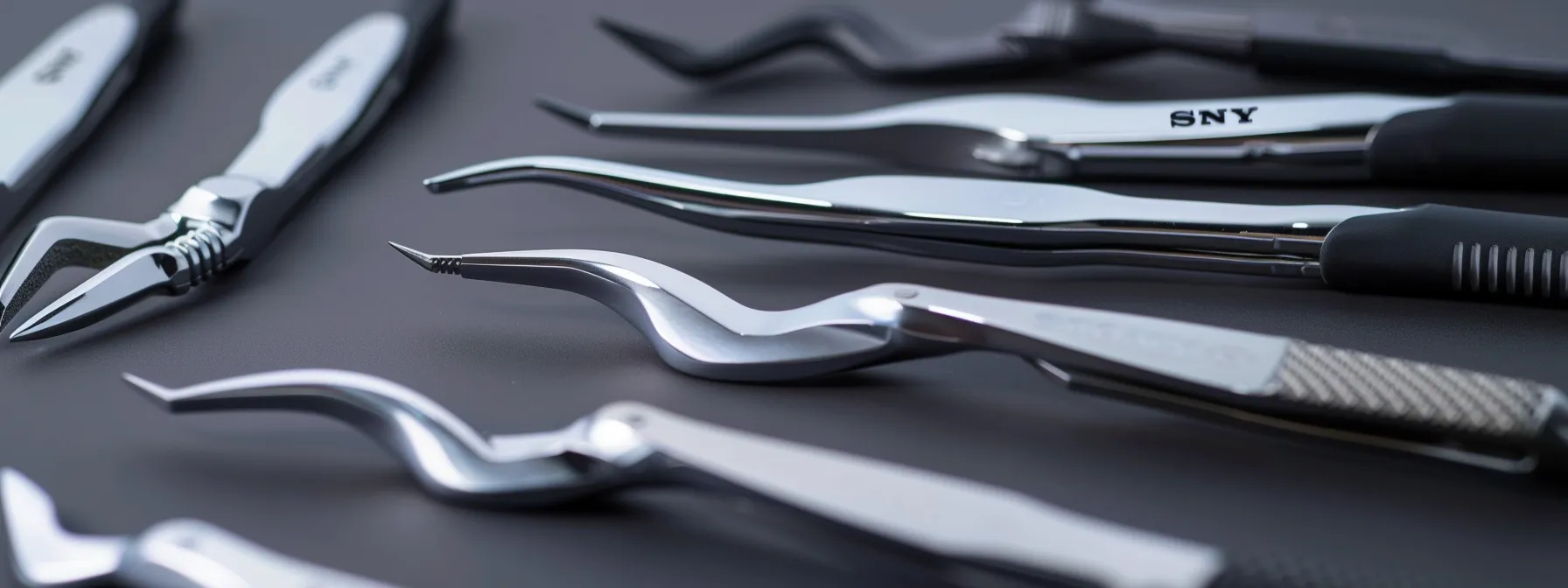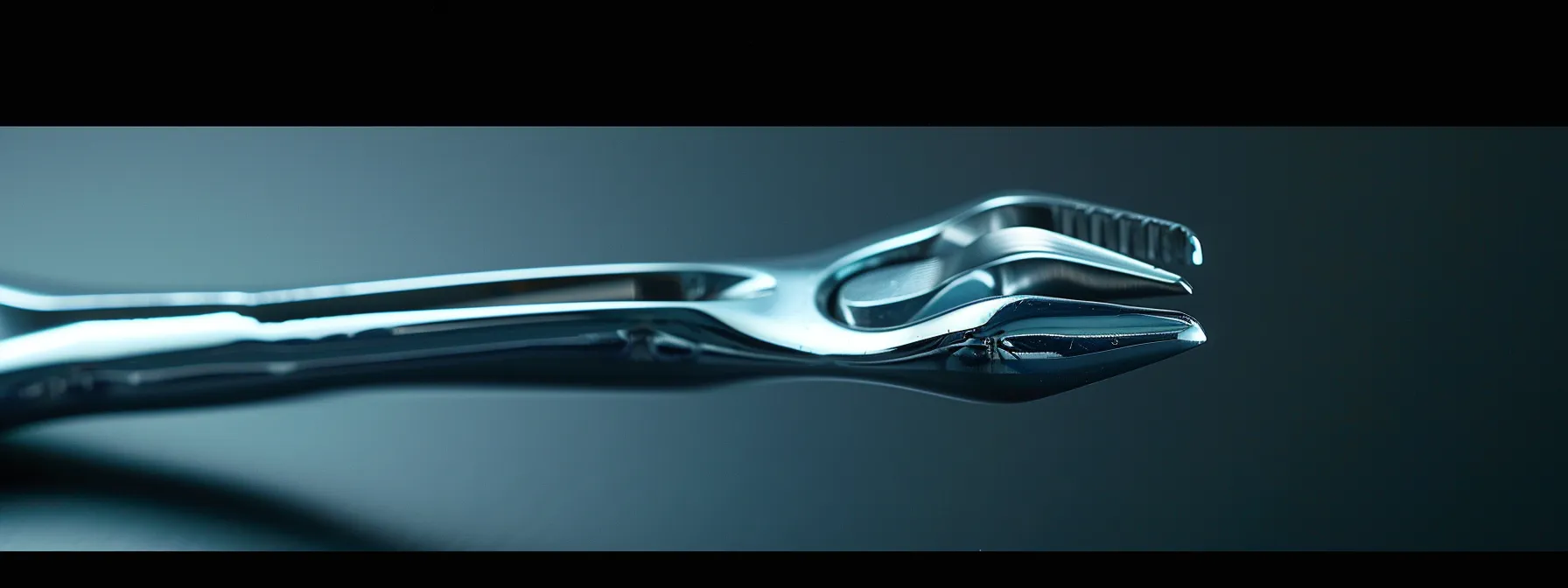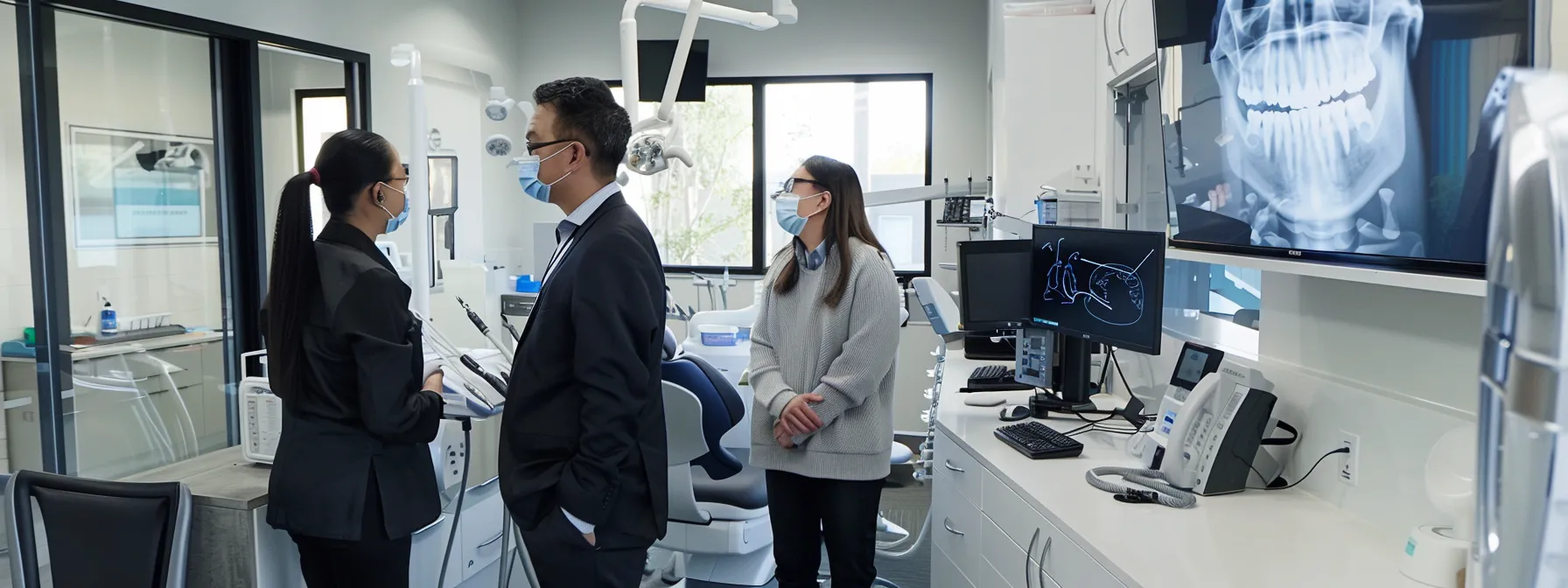Essential Dental Instruments: Key Tools for Modern Practices
- Posted March 14, 2025
- by lenoxinstro
The Ultimate Guide to Essential Dental Instruments for Modern Dental Practices
As a dental professional, I’ve always believed that having the right tools can make all the difference in providing quality patient care. In this “Ultimate Guide to Essential Dental Instruments for Modern Practices,” I aim to shed light on the array of Modern Dental Practices equipment that not only enhance our efficiency but also ensure that our patients receive the best possible experience. From diagnostic tools like mirrors and explorers to treatment instruments such as scalers and currettes, understanding their specific uses and benefits is crucial for modern dental practices.
In recent years, advancements in technology have further refined our instrument choices, with options ranging from ergonomic designs to those made from innovative materials that improve durability and effectiveness. Whether it’s the precision of a laser handpiece or the versatility of a digital X-ray system, each instrument plays a vital role in our daily operations. As I guide you through this comprehensive overview, I will also highlight the importance of regular maintenance and updates to your instrument inventory. This ensures that we stay ahead in a continuously evolving field, ultimately leading to better outcomes for our patients.
In the ever-evolving field of dentistry, having the right tools is crucial for delivering exceptional patient care. Whether you’re a seasoned dentist, a dental student, or a clinic manager, understanding the purpose and importance of each instrument can significantly enhance your practice’s efficiency and outcomes. In this guide, we’ll explore the essential dental instruments every modern practice should have, categorized by their use. We’ll also highlight professional-grade tools available at Lenox Instruments to help you build a well-equipped, state-of-the-art dental clinic.
Why High-Quality Dental Instruments Matter
As a professional in the dental field, I cannot overstate the importance of using high-quality dental instruments. These tools are the backbone of our practice, impacting not only the efficiency of our procedures but also the safety and comfort of our patients. When we invest in high-quality instruments, we ensure precision in our work, which is crucial for effective diagnosis and treatment. Subpar tools can lead to complications, longer procedure times, and even affect the overall outcome of patient care. In essence, using well-manufactured instruments gives us the reliability we need to provide the best possible service.
Moreover, high-quality dental instruments contribute significantly to infection control and patient safety. In an era where health and hygiene are more critical than ever, quality instruments are designed with materials that promote easy cleaning and maintenance, reducing the risk of cross-contamination. Using reputable brands that adhere to strict safety standards not only protects our patients but also builds trust within the community. When patients see that we use top-notch instruments, they feel more secure in the care we provide, which ultimately enhances their overall experience and satisfaction. Investing in superior dental tools is not just about functionality; it’s about fostering a positive environment where dental health is prioritized.
Before diving into the specifics, it’s important to understand why investing in high-quality dental instruments is non-negotiable. Professional-grade tools:
- Enhance Precision: Superior craftsmanship ensures accurate procedures, from diagnostics to surgery.
- Improve Patient Comfort: Ergonomically designed tools reduce discomfort during treatments.
- Boost Efficiency: Durable, well-designed instruments save time and effort during procedures.
- Ensure Safety: High-quality materials and sterilization compatibility minimize infection risks.
At Lenox Instruments, we specialize in providing reliable, durable, and ergonomic dental tools that meet the highest industry standards. Let’s explore the must-have instruments for your practice.
1. Diagnostic Instruments
As a professional deeply invested in the world of diagnostic instruments, I have always been fascinated by their pivotal role in modern medicine and various technical fields. These instruments range from simple tools like thermometers and blood pressure cuffs to advanced imaging technologies like MRI and CT scanners. What truly captivates me is how these devices have evolved over the years, driven by technological advancements and an ever-increasing demand for accuracy and efficiency in diagnosis. This evolution has not only enhanced our understanding of health conditions but also dramatically improved patient outcomes.
In my experience, the effectiveness of a diagnostic instrument often hinges on its precision, ease of use, and the reliability of the data it provides. For instance, the introduction of point-of-care testing devices has transformed how quickly and easily we can diagnose conditions, allowing healthcare providers to make informed decisions in real time. Moreover, the integration of artificial intelligence and machine learning into these tools promises to further revolutionize the field, offering insights that go beyond traditional assessment methods. As someone who regularly interacts with these instruments, I am continually impressed by the strides being made toward refining and enhancing their capabilities, ultimately making healthcare more proactive and personalized.
Diagnostic Instruments
-
Endo Organizer Box – Green
Rated 0 out of 5CA$70The ENDO Instruments Organizer Box by Lenox Instruments is a professionally designed storage solution for endodontic files, burs, reamers, and spreaders. Crafted with high-quality, autoclavable materials, this organizer ensures sterile, efficient, and hassle-free instrument management for dental professionals. -
Endo Organizer Box
Rated 0 out of 5CA$60The ENDO Instruments Organizer Box by Lenox Instruments is a professionally designed storage solution for endodontic files, burs, reamers, and spreaders. Crafted with high-quality, autoclavable materials, this organizer ensures sterile, efficient, and hassle-free instrument management for dental professionals. -
Endo Organizer Box
Rated 0 out of 5CA$60The ENDO Instruments Organizer Box by Lenox Instruments is a professionally designed storage solution for endodontic files, burs, reamers, and spreaders. Crafted with high-quality, autoclavable materials, this organizer ensures sterile, efficient, and hassle-free instrument management for dental professionals. -
ENDO ORGANIZER BOX- Blue
Rated 0 out of 5CA$70The ENDO Instruments Organizer Box by Lenox Instruments is a professionally designed storage solution for endodontic files, burs, reamers, and spreaders. Crafted with high-quality, autoclavable materials, this organizer ensures sterile, efficient, and hassle-free instrument management for dental professionals. -
3CH / 15 UNC Explorer Probe Double Ended – Premium Dental Surgical Instrument
Rated 0 out of 5CA$20Discover the 3CH / 15 UNC Explorer Probe Double Ended by Lenox Instruments. High-quality dental surgical instrument for precision diagnostics and periodontal evaluation. Durable, ergonomic, and versatile. Shop now! -
Basic Dental Exam Set – Includes 4 Instruments – Premium Dental Surgical Kit by Lenox Instruments
Rated 0 out of 5CA$70Discover the Basic Dental Exam Set - Includes 4 Instruments by Lenox Instruments. Premium stainless steel dental kit designed for precision diagnostics and durability. Ideal for dental professionals worldwide. Shop now!
Diagnostic tools are the foundation of any dental procedure. They help dentists assess oral health, identify issues, and plan treatments effectively.
a. Mouth Mirrors
Mouth mirrors are essential tools in my dental practice that play a crucial role in ensuring both efficient examinations and superior patient care. At first glance, they might seem like simple instruments, but their design is particularly thoughtful and purposeful. These small, rounded reflective surfaces allow me to examine hard-to-reach areas inside a patient’s mouth, helping to illuminate hidden cavities, assess oral health, and navigate the complex landscape of teeth and gums. The angled handle provides flexibility, allowing me to adjust the mirror to get the best view possible, all while maintaining patient comfort.
Beyond their practical function, mouth mirrors also serve an important role in fostering effective communication with my patients. During an examination, I often use the mirror to show patients exactly what I’m seeing, whether it’s a cavity that needs attention or a healthy area that requires no treatment. This visual engagement helps demystify dental procedures and alleviates any anxiety that patients might feel. Overall, mouth mirrors are more than just tools; they are an extension of my expertise that enhances both diagnosis and treatment, ensuring that I can provide the best care possible while empowering my patients to take an active role in their oral health.
- Purpose: Provide visibility into hard-to-reach areas of the mouth.
- Why It’s Essential: A clear, fog-free mirror is indispensable for thorough examinations.
- Recommended Product: Double-Sided HD Black-line Mouth Mirror– Designed for clarity and durability.
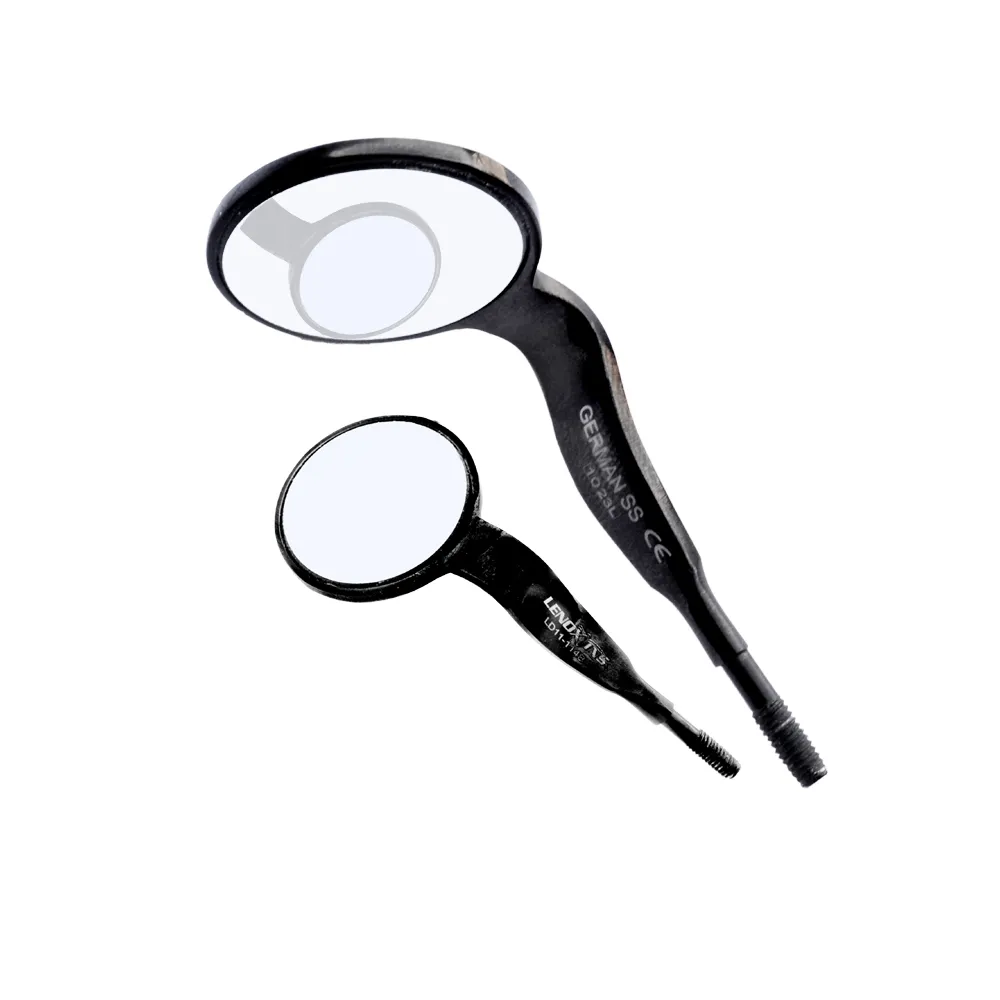
Dental Mirrors by Lenox Instruments
-
Dental Double Sided HD Black Mirror with Hollow Mirror Handle – Precision Dental Surgical Instrument
Rated 0 out of 5CA$30Discover the Dental Double Sided HD Black Mirror with Hollow Mirror Handle by Lenox Instruments. High-definition, glare-free dental mirror with lightweight ergonomic handle for precision diagnostics and procedures. Shop now! -
Double-Sided HD Black-line Mouth Mirror Pack of 5 – Precision Diagnostic Instruments
Rated 0 out of 5CA$70Discover the Double-Sided HD Black-line Mouth Mirror Pack of 5 by Lenox Instruments. High-quality diagnostic instrument set for precision dental examinations. Premium materials, ergonomic design, and versatile use. Shop now! -
Mouth Mirror Handle Cone Socket – Precision Diagnostic Instrument
Rated 0 out of 5CA$20Discover the Mouth Mirror Handle Cone Socket by Lenox Instruments. High-quality diagnostic instrument for precision dental examinations. Premium materials, ergonomic design, and versatile use. Shop now! -
Mouth Mirror Handle Regular Socket – Precision Diagnostic Instrument
Rated 0 out of 5CA$18Discover the Mouth Mirror Handle Regular Socket by Lenox Instruments. High-quality diagnostic instrument for precision dental examinations. Premium materials, ergonomic design, and versatile use. Shop now! -
Dental Mirror Handle Stem with Ruler Cone Socket – Precision Dental Surgical Instrument
Rated 0 out of 5CA$18Discover the Dental Mirror Handle Stem with Ruler Cone Socket by Lenox Instruments. A premium dental surgical instrument featuring an integrated ruler and cone socket compatibility for precision and efficiency. Shop now! -
Dental Mouth Mirror Handle Cone Socket with Front Surface Rhodium Coated Mirror #5 – Precision Dental Surgical Instrument
Rated 0 out of 5CA$18Discover the Dental Mouth Mirror Handle Cone Socket with Front Surface Rhodium Coated Mirror #5 by Lenox Instruments. Premium dental surgical instrument for distortion-free precision and diagnostics. Shop now!
b. Dental Explorers
When it comes to pediatric dentistry, one of the key tools that we utilize to ensure the best care for children is the dental explorer. This small, metal instrument may seem simple, but it plays a vital role in my daily practice. As a dental professional, I rely on the explorer to meticulously assess the condition of a child’s teeth. The pointed, slender tip allows me to detect cavities and cracks that may not be visible to the naked eye, ensuring that we address any potential issues before they develop into more serious problems.
Using the dental explorer involves not just examining the teeth, but also engaging the child in the process. I make it a point to explain what I’m doing in a way that is relatable and friendly, thus reducing any anxiety they might feel. By involving them in discussions about their dental health, I help foster a sense of responsibility and awareness about their oral hygiene. Ultimately, the dental explorer is more than just a tool; it embodies my commitment to thorough care and education, empowering children and their families to take control of their dental health from an early age.
- Purpose: Detect cavities, plaque, and other abnormalities on tooth surfaces.
- Why It’s Essential: A sharp, precise explorer ensures accurate diagnosis.
- Recommended Product: Root Canal Endo Explorer/Condenser Double Ended – Perfect for detecting subtle dental issues.
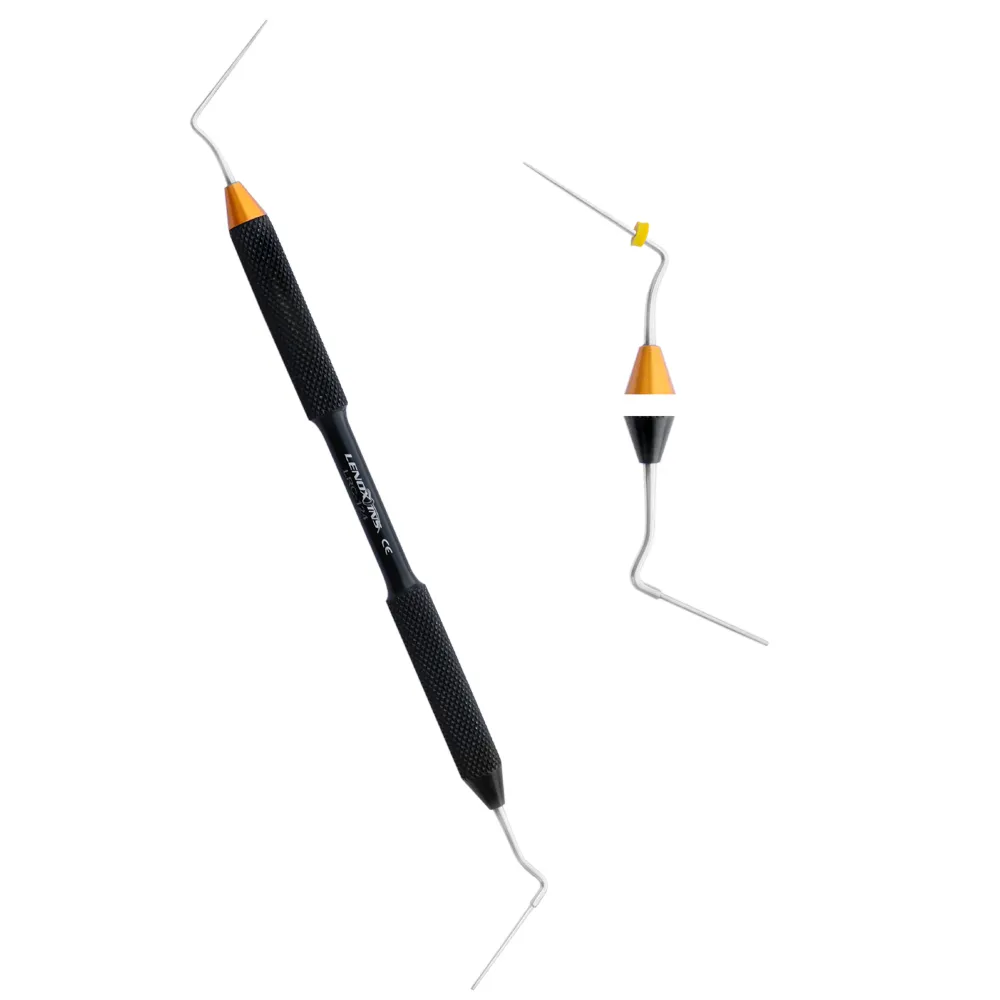
Dental Explorers
-
Root Canal Endo Explorer/Condenser Double Ended (0.3mm/0.6mm) – Precision Dental Surgical Instrument
Rated 0 out of 5CA$40Discover the Root Canal Endo Explorer/Condenser Double Ended (0.3mm/0.6mm) by Lenox Instruments. Premium stainless steel dental instrument for precise endodontic procedures. Durable, ergonomic, and versatile. Shop now! -
Root Canal Endo Explorer/Condenser Double Ended (0.4mm/0.8mm) – Precision Dental Diagnostic Instrument
Rated 0 out of 5CA$40Discover the Root Canal Endo Explorer/Condenser Double Ended (0.4mm/0.8mm) by Lenox Instruments. High-quality dental diagnostic instrument for precise endodontic examinations and treatments. Premium stainless steel, ergonomic design, and versatile use. Shop now! -
Endo Explorer 30MM – Precision Dental Diagnostic Instrument
Rated 0 out of 5CA$22Discover the Endo Explorer 30MM by Lenox Instruments. High-quality dental diagnostic instrument for precise endodontic examinations. Premium stainless steel, ergonomic design, and versatile use. Shop now! -
Endo Explorer 22MM – Precision Dental Diagnostic Instrument
Rated 0 out of 5CA$22Discover the Endo Explorer 22MM by Lenox Instruments. High-quality dental diagnostic instrument for precise endodontic examinations. Premium stainless steel, ergonomic design, and versatile use. Shop now! -
Endo Explorer 20MM – Precision Dental Diagnostic Instrument
Rated 0 out of 5CA$22Discover the Endo Explorer 20MM by Lenox Instruments. High-quality dental diagnostic instrument for precise endodontic examinations. Premium stainless steel, ergonomic design, and versatile use. Shop now! -
Endo Explorer 0.3- 23MM – Precision Dental Diagnostic Instrument
Rated 0 out of 5CA$22Discover the Endo Explorer 0.3- 23MM by Lenox Instruments. High-quality dental diagnostic instrument for precise endodontic examinations. Premium stainless steel, ergonomic design, and versatile use. Shop now!
c. Periodontal Probes
As a dental professional, one of the essential tools in my practice is the periodontal probe. This slender, calibrated instrument plays a crucial role in assessing the health of the gums and supporting structures of the teeth. When I use a periodontal probe, I’m essentially measuring the depth of the pockets around each tooth, which helps me gauge whether there is any gum disease or periodontal issues present. By gently inserting the probe into the sulcus—the space between the tooth and the gum—I can systematically evaluate the condition of each gum tissue surrounding a tooth. The depth readings collected can provide valuable insights, guiding my diagnosis and treatment plans for my patients.
Moreover, the periodontal probe isn’t just about measuring pocket depth; it also aids in identifying gum inflammation, recession, and any potential bleeding. These findings are significant indicators of overall oral health and can signal more extensive systemic issues if left untreated. During a periodontal evaluation, I take thorough notes of my findings, allowing me to track changes over time and personalize treatment protocols for each patient. I find that using a periodontal probe helps build trust with my patients, as they can see the tangible evidence of their gum health and understand the importance of maintaining good oral hygiene. Ultimately, this simple yet effective tool serves as a vital resource in helping me provide the best possible care for my patients’ dental health.
- Purpose: Measure pocket depths around teeth to assess gum health.
- Why It’s Essential: Critical for diagnosing periodontal disease.
- Recommended Product: Williams Periodontal Probe – Marked for precise measurements.
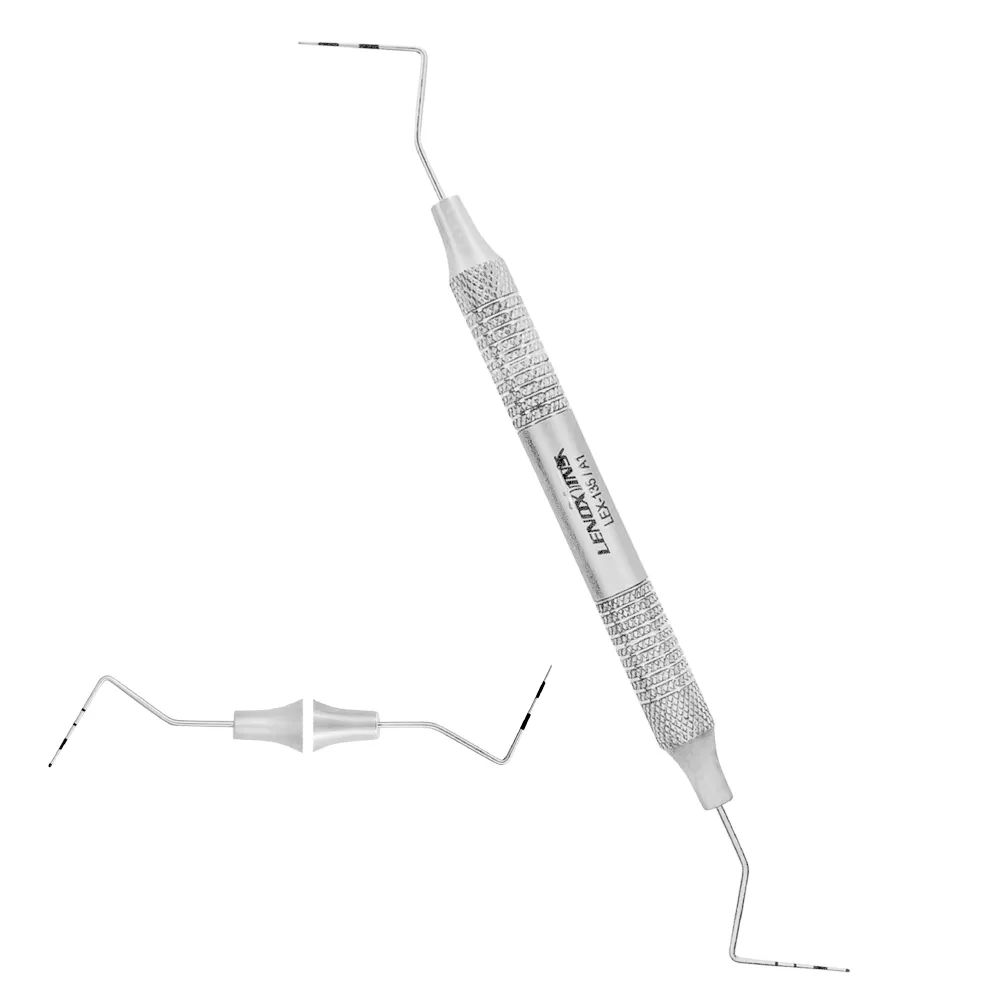
Periodontal Instruments
-
H5-L5 Scaler/Curette (H5-Langer 5 )
Rated 0 out of 5CA$40The H5-L5 Scaler - Curette with Hollow Handle and Gold Titanium Coated Points from Lenox Instruments combines advanced design with superior functionality. Featuring a lightweight hollow handle and gold titanium-coated points, this dual-purpose instrument excels in scaling and root planning, providing exceptional durability and precision. -
Younger-Good Curettes 7/8
Rated 0 out of 5CA$40Lenox Instruments' Younger-Good Curettes 7/8 feature a hollow handle and gold titanium-coated points for enhanced durability and precision. Ideal for effective scaling and root planning, these curettes combine ergonomic design with advanced materials to ensure superior performance and comfort in periodontal procedures. -
Sickle Scaler Montana Jacker American Stainless 440c
Rated 0 out of 5CA$40Sickle Scaler Montana Jacker American Stainless 440c -
Gracey Curettes Set Of 6 – Plastic Silicone Handle
Rated 0 out of 5CA$150The Gracey Curettes Set of 6 - Plastic Silicone Handle by Lenox Instruments offers precision and comfort in periodontal treatments. Featuring ergonomically designed plastic silicone handles for a secure, non-slip grip and stainless steel curette blades for exceptional durability and performance, this autoclavable set is an essential addition to any dental practice focused on advanced periodontal care. -
Hygiene Instruments Kit of 10pcs
Rated 0 out of 5CA$350The Hygiene Instruments Kit of 10pcs by Lenox Instruments is a comprehensive set designed to meet the diverse needs of dental hygiene procedures. This kit features a variety of precision instruments, including 440C gold titanium-coated curettes and scalers, along with a double-decker sterilization cassette, all crafted for durability and efficiency in your practice. -
Hygiene Instruments Kit ECO- Set of 8
Rated 0 out of 5CA$150The Hygiene Instruments Kit ECO - Set of 8 by Lenox Instruments offers a streamlined selection of essential tools for effective dental hygiene care. This eco-friendly kit includes eight high-quality instruments designed to provide precision and durability while promoting sustainable practices in your dental practice.
2. Restorative Instruments
When we talk about restorative instruments, we’re diving into the essential tools that make our work in dental or therapeutic settings not just effective, but also transformative. As a professional in this field, I often emphasize how these instruments allow us to restore not just physical structure but also a sense of confidence and well-being in our patients. Restorative instruments serve multiple functions, from repairing cavities and broken teeth to crafting dentures that provide comfort and function. These tools enhance our ability to mitigate pain and restore natural aesthetics, ensuring that our patients leave with smiles that reflect both health and happiness.
In my experience, the precision and innovation behind restorative instruments can truly revolutionize our approach to patient care. For instance, advanced imaging tools enable us to diagnose and plan treatment with remarkable accuracy, leading to better outcomes. Techniques such as digital impressions and CAD/CAM milling systems allow us to create restorations that fit beautifully and function flawlessly. Beyond just the technical aspects, I find that the use of these instruments fosters a collaborative relationship with patients, helping them understand their treatment options and the positive impact on their quality of life. This blend of artistry, technology, and patient care fulfills my commitment to providing the best possible experience and results.
Restorative Instruments
-
Multi-Point Composite Filling Instrument – Precision Dental Tool for Composite Placement
Rated 0 out of 5CA$40The Multi-Point Composite Filling Instrument is a specialized dental tool designed to offer precise control for composite placement. Its unique multi-point design ensures even application and contouring, making it ideal for restorative dental procedures. -
Double Ended Spatulas – High-Quality Stainless Steel Dental Spatulas
Rated 0 out of 5CA$20Our Double Ended Spatulas are crafted from premium stainless steel, providing dental professionals with a reliable and versatile tool for mixing and applying materials. With dual ends and an ergonomic design, these spatulas are perfect for precision work in dental procedures. -
-
-
Restorative Basic Set of 10pcs In Cassette
Rated 0 out of 5CA$280The Restorative Basic Set of 10pcs in Cassette by Lenox Instruments is an essential collection of high-quality dental tools designed for precision in restorative procedures. This set includes ten meticulously crafted instruments housed in a durable stainless steel cassette, ensuring convenience and organization in your practice. -
Spoon Excavators E1 1.2 mm- Black
Rated 0 out of 5CA$30The Lenox Instruments Spoon Excavators E1 1.2mm are precision tools with a black titanium coating and a hollow handle, designed for effective excavation in dental procedures. These excavators provide enhanced durability and comfort for detailed work.
Restorative dentistry focuses on repairing and restoring teeth. These tools are vital for procedures like fillings, crowns, and bridges.
a. Dental Handpieces
As a dental professional, I’ve come to appreciate the vital role that dental handpieces play in our daily practice. These precision instruments are not just tools; they are extensions of our skills and artistry in dentistry. Whether I’m performing routine cleanings or complex restorative procedures, the quality and functionality of my handpieces directly influence the outcome of each treatment. I often find myself relying on two main types: high-speed and low-speed handpieces. Each serves a specific purpose, with high-speed handpieces enabling rapid cutting and shaping of tooth structure while low-speed variants are indispensable for tasks like polishing and finishing.
What truly captivates me about dental handpieces is the continuous innovation in their design. Modern advancements have led to handpieces that are lighter, quieter, and more ergonomic than ever before, which not only enhance my efficiency but also improve patient comfort during procedures. The integration of technologies like LED lighting provides better visibility, allowing me to work more precisely in less-than-ideal conditions. Overall, effective handpieces have significantly transformed the way I practice, allowing for a seamless blend of efficiency, precision, and patient care, ultimately leading to better treatment outcomes and happier smiles.
- Purpose: Used for cutting, polishing, and shaping teeth during restorative procedures.
- Why It’s Essential: High-speed handpieces save time and improve precision.
- Recommended Product: Ball Burnisher Double ended – Engineered for smooth, efficient performance.
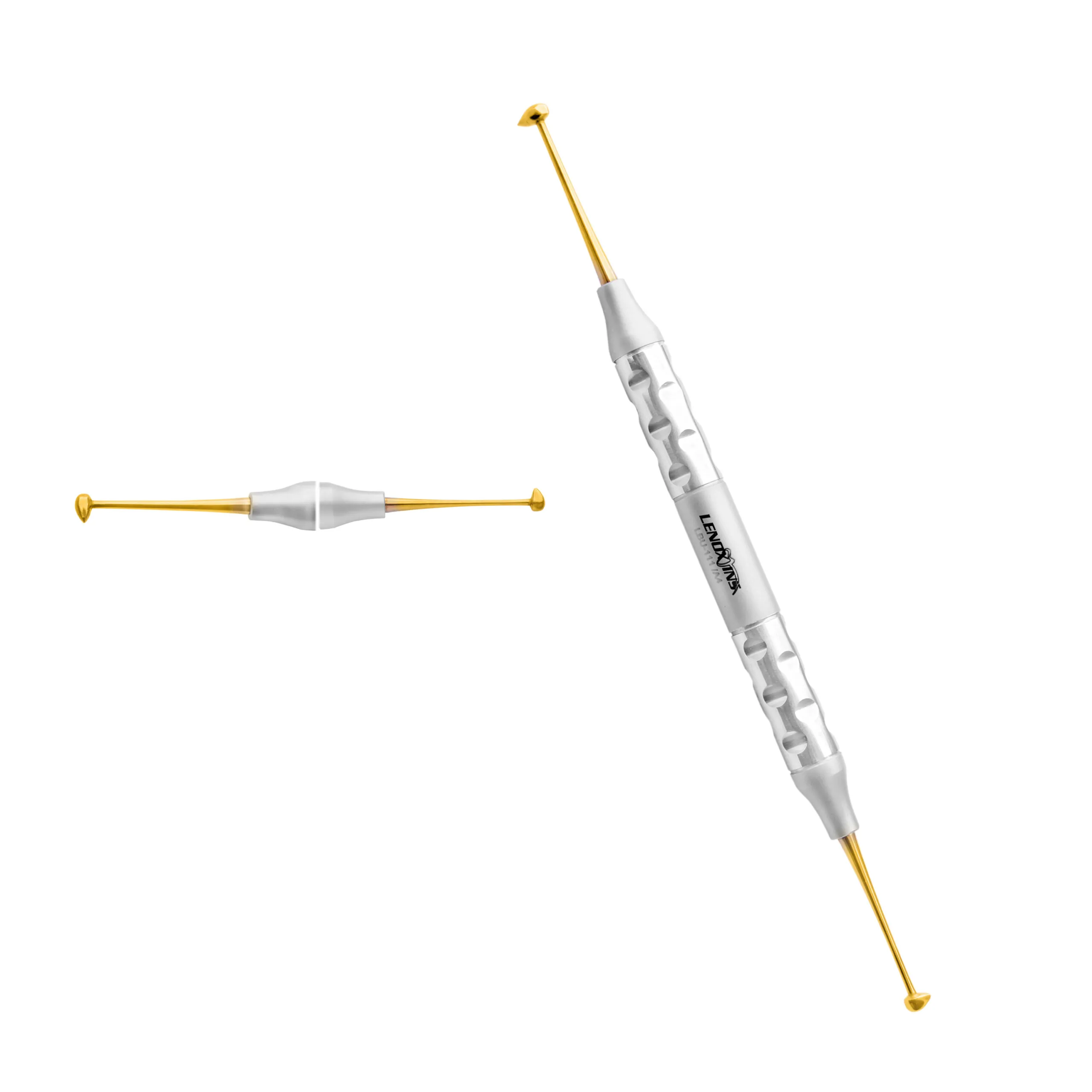
Dental Handpieces
-
Band seater auto cleavable
Rated 0 out of 5CA$15The Band Seater - Autoclavable is an essential orthodontic tool designed to help seat orthodontic bands accurately and securely. Made from durable, high-quality materials, this band seater is built to withstand repeated use and sterilization, ensuring long-lasting reliability in any dental practice. -
Mershon Band Seater
Rated 0 out of 5CA$50The Mershon Band Seater with Hollow Handle is a high-precision orthodontic tool designed to help seat orthodontic bands securely and comfortably around teeth. The hollow handle design ensures lightweight handling and ease of use, making it an essential instrument in orthodontic practices. -
Ortho light scaler double ended
Rated 0 out of 5CA$15The Ortho Light Scaler Double Ended - Solid Handle is a versatile orthodontic instrument designed for efficient plaque and debris removal around brackets and other orthodontic appliances. The double-ended design and solid handle ensure precision, control, and durability during scaling procedures. -
Twiel-on elastic module instrument
Rated 0 out of 5CA$15The Twiel-On Elastic Module Instrument is a specialized orthodontic tool designed for the precise placement of elastic modules (ligatures) around orthodontic brackets. This instrument is crafted to ensure accuracy, ease of use, and patient comfort during the application of elastomeric ligatures -
Ortho Light double ended ligature director
Rated 0 out of 5CA$15The Ortho Light Double Ended Ligature Director is an essential orthodontic tool designed for precise handling and directing of ligatures during orthodontic procedures. With a double-ended design, this instrument offers versatility and control, making it easier to manage elastomeric ligatures around brackets and other orthodontic appliances. -
Ortho Light double ended ligature scaler/director
Rated 0 out of 5CA$15The Ortho Light Double Ended Ligature Scaler/Director is a versatile orthodontic instrument designed to perform two essential tasks: scaling around orthodontic brackets and directing ligatures. With one end functioning as a scaler and the other as a ligature director, this tool provides efficiency and precision during orthodontic procedures.
b. Excavators
As a professional in the construction and heavy machinery industry, I’ve always found excavators to be one of the most versatile and indispensable tools on any job site. These powerful machines, designed for digging, lifting, and transporting materials, play a crucial role in a wide range of applications, from large-scale infrastructure projects to smaller residential renovations. Their ability to maneuver in tight spaces, coupled with various attachments such as buckets, breakers, and grapples, allows excavators to tackle different tasks efficiently, making them a favorite among contractors and project managers alike.
One of the aspects that fascinates me about excavators is their engineering and technological advancements. Modern excavators come equipped with state-of-the-art hydraulic systems that enhance their power and precision, providing operators with better control and efficiency. Additionally, many newer models include features such as GPS technology and integrated display systems that assist in precise excavation and grading, reducing the margin for error. This blend of power and technology not only streamlines workflows but also helps in improving safety on the job site. Overall, my deep appreciation for excavators stems from their critical role in transforming construction plans into reality, demonstrating how far we’ve come in civil engineering and heavy machinery innovation.
- Purpose: Remove decayed tissue and prepare cavities for fillings.
- Why It’s Essential: A sharp, durable excavator ensures clean cavity preparation.
- Recommended Product: Double-Ended Excavator – Ideal for precise decay removal.
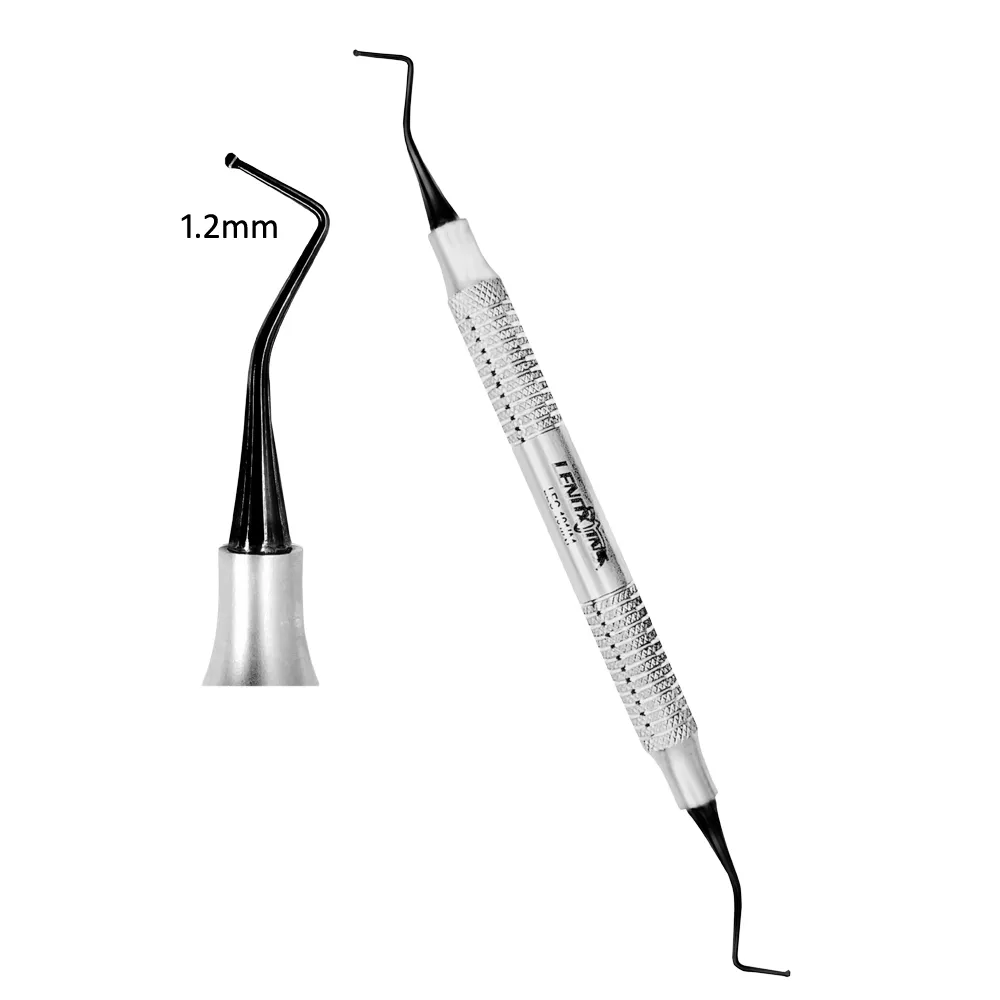
Dental Excavators
-
Spoon Excavators E1 1.2 mm- Black
Rated 0 out of 5CA$30The Lenox Instruments Spoon Excavators E1 1.2mm are precision tools with a black titanium coating and a hollow handle, designed for effective excavation in dental procedures. These excavators provide enhanced durability and comfort for detailed work. -
-
-
Excavators E2 1.5mm BLUE
Rated 0 out of 5CA$30Excavators E2 1.5mm with a BLUE hollow handle is designed for precise removal of softened dentin, carious material, and debris during dental procedures. This instrument combines accuracy and comfort, making it an essential tool for restorative dentistry. -
Excavators E2 1.5mm BLACK
Rated 0 out of 5CA$30The Lenox Instruments Excavators E2 1.5mm with a BLACK hollow handle are expertly designed for precision in dental excavations. These instruments ensure effective removal of decayed dentin, providing dentists with a reliable tool for intricate restorative procedures. -
Excavators Oval Spoon # 18W
Rated 0 out of 5CA$30Efficiently remove decay and debris with the Excavators Oval Spoon # 18W, featuring a hollow handle for enhanced comfort and control during cavity preparation.
c. Composite Placement Instruments
As a professional in the field of dentistry, I have come to appreciate the pivotal role that composite placement instruments play in achieving precision and efficiency in restorative procedures. These specialized instruments are designed to ensure optimal placement and manipulation of composite materials, which are widely used for aesthetic restorations. Their ergonomic designs allow for better control during application, enabling me to sculpt and contour the composite to match the natural anatomy of the teeth seamlessly.
When using composite placement instruments, I find that the variety available is crucial in catering to different clinical situations. For instance, some instruments are equipped with angled tips, allowing me to access challenging areas in the oral cavity easily. Others may feature unique textures that aid in the smooth placement of materials without causing undue stress to the surrounding dentin. Overall, investing in high-quality composite placement tools not only enhances the accuracy of my work but also ensures patient satisfaction through improved aesthetics and durability in dental restorations.
- Purpose: Place and shape composite resin during fillings.
- Why It’s Essential: Ergonomically designed instruments ensure smooth, even placement.
- Recommended Product: Composite Placement Kit – Includes all essential tools for restorative work.
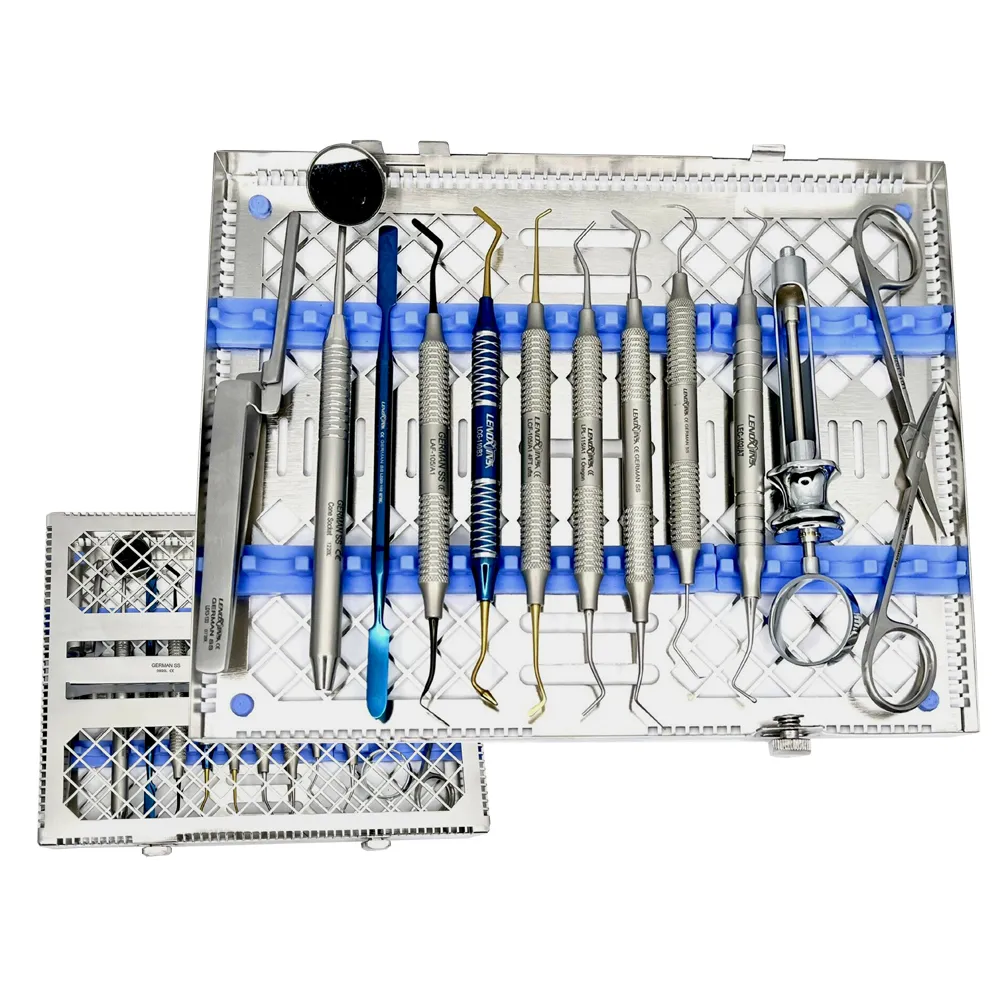
Composite Placement Instruments
-
Multi-Point Composite Filling Instrument – Precision Dental Tool for Composite Placement
Rated 0 out of 5CA$40The Multi-Point Composite Filling Instrument is a specialized dental tool designed to offer precise control for composite placement. Its unique multi-point design ensures even application and contouring, making it ideal for restorative dental procedures. -
LENSI Multifunctional Dental Composite Filling Instruments
Rated 0 out of 5CA$30The LENSI Multifunctional Dental Composite Filling Instruments by Lenox Instruments are engineered for precision and ease in composite filling procedures. Featuring titanium-coated, non-stick tips and a hollow handle design, these instruments simplify the creation of complex composite shapes while enhancing control and durability. -
Dental Cement Crown Seat Standard Setup
Rated 0 out of 5CA$200The Lenox Instruments Dental Cement Crown Seat Standard Set is a comprehensive collection of essential tools designed for the precise application and seating of dental crowns. This set ensures optimal cementation and placement for long-lasting restorations. -
PFI Composite Filling Instruments Double ended Horizontal 2.2x10MM / 2.4x10MM
Rated 0 out of 5CA$30The PFI (Plastic Filling Instrument) is a versatile, double-ended tool designed for precise placement and contouring of dental filling materials. Featuring a non-stick titanium-coated surface and an ergonomic hollow handle, it ensures optimal control and ease of use during restorative procedures. -
PFI Composite Filling Instruments Double ended Vertical In and Off set Angled, 1.8×8.00MM
Rated 0 out of 5CA$30Precision-crafted PFI Composite Filling Instruments with non-stick titanium coating, designed for optimal dental procedures. Double-ended for versatility, featuring vertical in and offset angled tips, ensuring superior control and accuracy. -
PFI Composite Filling Instruments Double ended Vertical In and Off set Angled, 2.00x10MM
Rated 0 out of 5CA$30Expertly designed PFI Composite Filling Instruments featuring a non-stick titanium coating. Double-ended for versatility with vertical in and offset angled tips, tailored for precision in dental restorations.
3. Surgical Instruments
As a professional in the medical field, I’ve had the opportunity to work closely with a variety of surgical instruments, and I can attest to the crucial role they play in the success of surgical procedures. Surgical instruments, ranging from scalpels and forceps to specialized tools like retractors and sutures, are meticulously designed to perform specific functions. Each instrument is crafted to provide precision, control, and reliability, which are essential attributes in the often high-stakes environment of the operating room. The evolution of these tools over the years has significantly enhanced surgical outcomes, allowing for minimally invasive techniques that not only improve patient recovery times but also reduce the risk of complications.
My experience has shown me that it’s not just the instruments themselves that matter, but also how they are utilized by the surgical team. Proper training and familiarity with these tools can make all the difference in a procedure’s success. For instance, a surgeon’s dexterity with a pair of forceps can mean the difference between a straightforward dissection and an unexpected complication. Furthermore, the ongoing advancements in technology—such as the introduction of robotic-assisted surgery—allow for even greater precision and flexibility. As we continue to innovate and refine these instruments, I’m excited to witness the future of surgery unfold and the transformative impact it will have on patient care. Understanding the nuances of surgical instruments is not just an academic exercise; it’s a vital component of ensuring safe and effective surgical practices.
Surgical Instruments
-
Warwick James Elevator Left
Rated 0 out of 5CA$50Discover the Warwick James Elevator Left by Lenox Instruments. Premium dental surgical instrument for precision tooth extractions. High-quality stainless steel, ergonomic design, and versatile use. Shop now! -
Warwick James Elevator Right
Rated 0 out of 5CA$50Discover the Warwick James Elevator Right by Lenox Instruments. Premium dental surgical instrument for precision tooth extractions. High-quality stainless steel, ergonomic design, and versatile use. Shop now! -
Warwick James Elevator STR
Rated 0 out of 5CA$50Discover the Warwick James Elevator STR by Lenox Instruments. Premium dental surgical instrument for precision tooth extractions. High-quality stainless steel, ergonomic design, and versatile use. Shop now! -
Coupland Root Elevator 2mm CVD
Rated 0 out of 5CA$50Discover the Coupland Root Elevator 2mm CVD by Lenox Instruments. Premium dental surgical instrument for precision tooth extractions. High-quality stainless steel, ergonomic design, and versatile use. Shop now! -
Tissue Forceps Russian Pattern 20cm Premium German Stainless Steel
Rated 0 out of 5CA$50The Tissue Forceps Russian Pattern (20cm) by Lenox Instruments is meticulously designed to provide exceptional control and strength during surgical procedures. With its distinctive circular serrated tips, this instrument is ideal for grasping and manipulating both delicate and dense tissue with confidence and precision. -
Vestibulum Universal Retractor – Lenox
Rated 0 out of 5CA$40The Sinus Graft Cheek Retractor - Adjustable is a specialized tool designed to provide optimal access and visibility during sinus grafting procedures. Its adjustable design ensures a secure and comfortable fit for various patient anatomies.
Surgical procedures require precision and reliability. These instruments are designed for extractions, implants, and other surgical interventions.
a. Extraction Forceps
As a dental professional, I have always found extraction forceps to be an invaluable tool in my practice. These specialized instruments are designed to facilitate the extraction of teeth, whether due to decay, crowding, or other dental complications. Each type of extraction forceps is tailored for specific teeth, ensuring that I can safely and effectively remove them with minimal discomfort to the patient. The ergonomic design of the handles allows for a firm grip, providing me with the necessary leverage to exert controlled forces, ultimately making the extraction process smoother and more efficient.
Using extraction forceps requires not only skill but also a deep understanding of dental anatomy. Each tooth has unique characteristics, and selecting the appropriate forceps is crucial for a successful extraction. For instance, anterior forceps are designed for incisors and canines, while posterior forceps cater to molars and premolars. The shape and size of the jaws vary to accommodate the contours of different teeth, allowing me to engage the tooth securely without unnecessary trauma to the surrounding gum tissue. By utilizing these precise instruments, I can perform extractions with greater confidence, ensuring a better experience for my patients while promoting optimal healing.
- Purpose: Grasp and remove teeth during extractions.
- Why It’s Essential: Properly designed forceps minimize trauma to surrounding tissues.
- Recommended Product: Universal Extraction Forceps – Durable and ergonomic for smooth extractions.
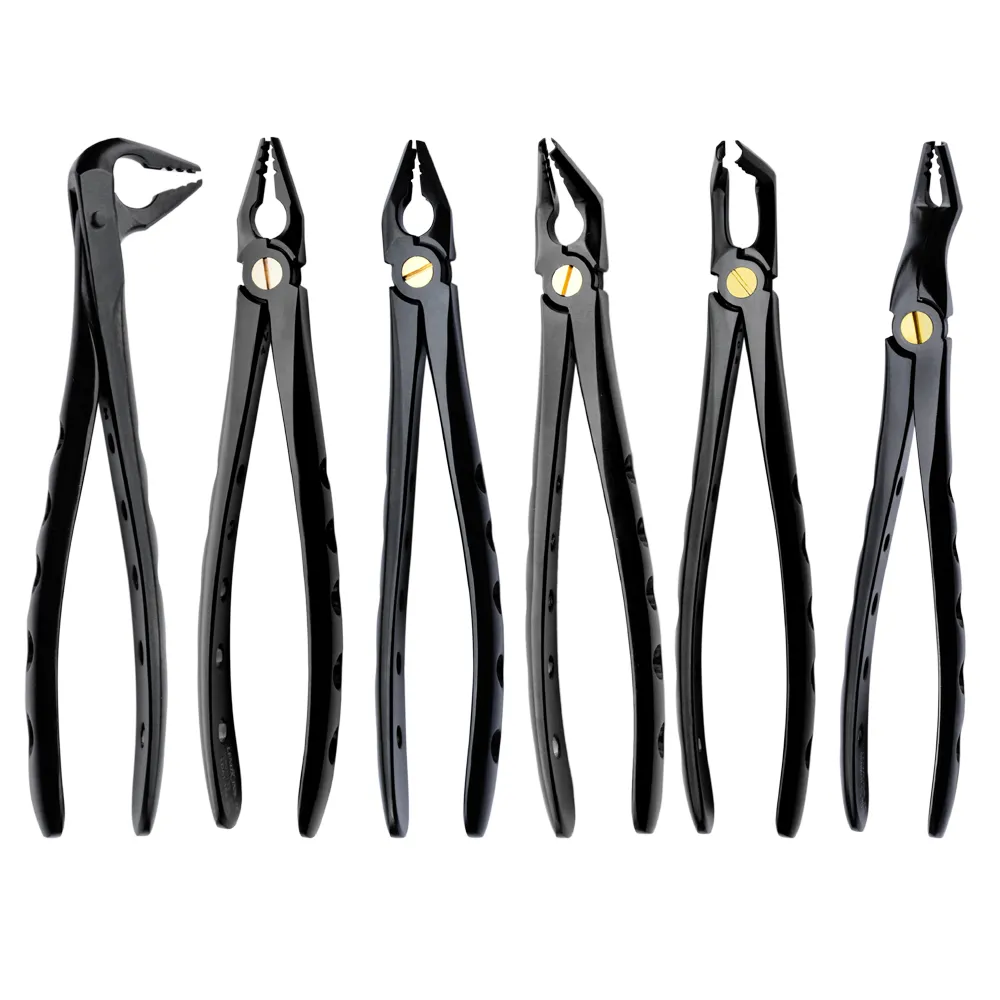
Extraction Forceps
-
Deep Gripping Extracting Forceps Set of 6 – Premium Dental Extraction Instrument Kit
Rated 0 out of 5CA$900Discover the Deep Gripping Extracting Forceps Set of 6 by Lenox Instruments. Premium-quality stainless steel forceps designed for superior grip and precise dental extractions. Shop now for enhanced performance. -
Pediatric Extracting Forceps Set of 7 – Multi Titanium Coated Dental Surgical Instrument Set
Rated 0 out of 5CA$500Discover the Pediatric Extracting Forceps Set of 7 - Multi Titanium Coated by Lenox Instruments. Premium dental instruments for precise, efficient pediatric extractions. Shop now for quality and durability. -
Pediatric Extracting Forceps Set of 7 – Blue Titanium Coated – Premium Dental Surgical Instruments
Rated 0 out of 5CA$500Discover the Pediatric Extracting Forceps Set of 7 - Blue Titanium Coated by Lenox Instruments. Premium surgical toolset for precise pediatric dental extractions. Shop now for quality and durability. -
Pediatric Extracting Forceps Set of 7 – Black Titanium Coated – Premium Dental Surgical Tool Set
Rated 0 out of 5CA$500Discover the Pediatric Extracting Forceps Set of 7 - Black Titanium Coated by Lenox Instruments. Premium pediatric dental tools designed for precise and efficient extractions. Shop now for quality and durability. -
Apical Lower Universal Forceps Fig 151 – Precision Dental Surgical Instrument
Rated 0 out of 5CA$120Discover the Apical Lower Universal Forceps Fig 151 by Lenox Instruments. Precision-crafted for atraumatic lower tooth extractions. Durable, ergonomic, and professional-grade. Shop now! -
Apical Upper Universal Forceps Fig 150 – Precision Dental Surgical Instrument
Rated 0 out of 5CA$120Discover the Apical Upper Universal Forceps Fig 150 by Lenox Instruments. Precision-crafted for atraumatic upper tooth extractions. Durable, ergonomic, and professional-grade. Shop now!
b. Elevators
As a professional with a keen interest in architectural innovation, I’ve always been fascinated by the role elevators play in modern buildings. Elevators, often seen merely as a convenience, are actually marvels of engineering that enhance the functionality of our urban landscapes. They enable us to navigate tall skyscrapers and multi-story complexes with ease, transforming what could be cumbersome vertical journeys into swift, comfortable experiences. The design and operation of elevators have evolved significantly over the years, making them not just transit tools but essential components of building design that prioritize accessibility and efficiency.
In my career, I’ve come to appreciate how elevators contribute to the overall aesthetics and flow of a space. With advancements in technology, we now have smart elevators that optimize travel routes and reduce energy consumption, ensuring we’re contributing to sustainable building practices. Additionally, the integration of various styles and finishes allows these machines to complement the architectural vision of a building rather than detract from it. Whether it’s a sleek glass lift that offers stunning views or a traditional yet elegant design, elevators embody a blend of form and function that continues to evolve, making them a critical aspect of contemporary architecture.
- Purpose: Loosen teeth before extraction.
- Why It’s Essential: A well-designed elevator reduces the risk of complications.
- Recommended Product: Dental Elevator – Perfect for controlled, precise lifting.
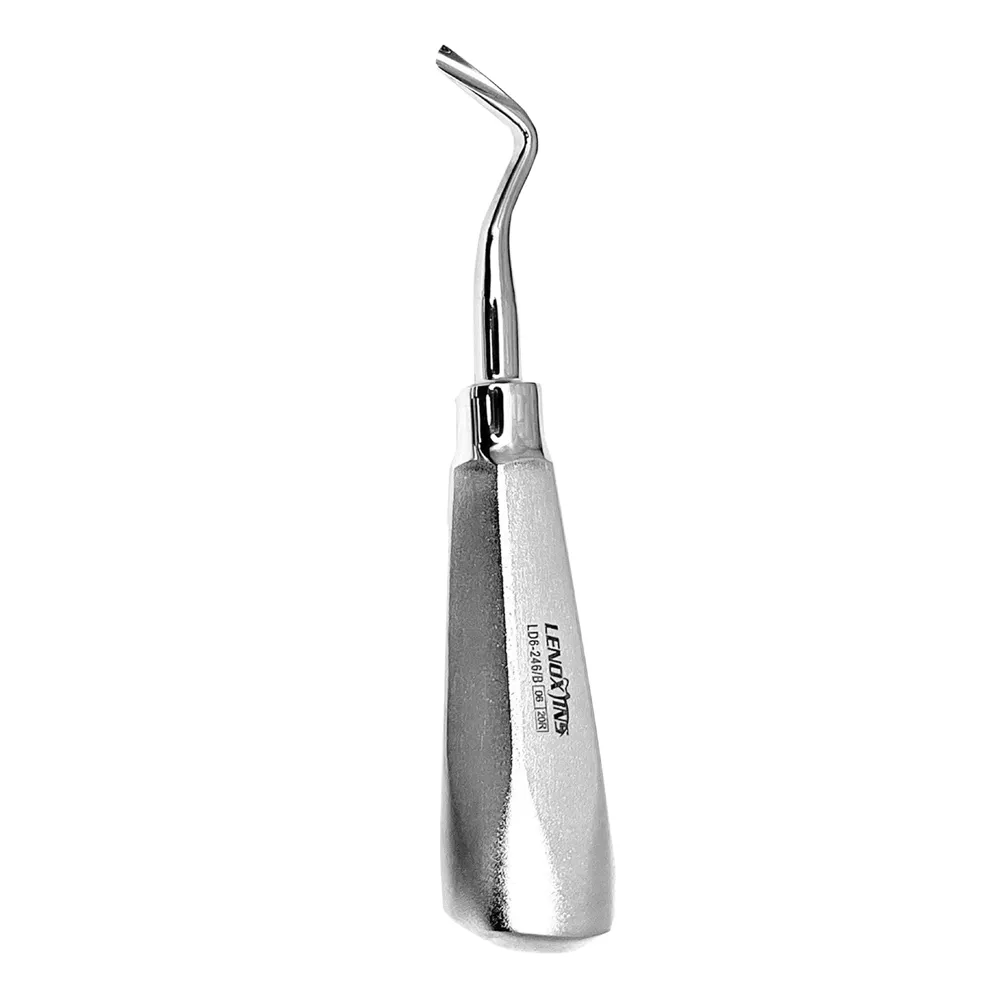
Dental Elevators
-
Warwick James Elevator Left
Rated 0 out of 5CA$50Discover the Warwick James Elevator Left by Lenox Instruments. Premium dental surgical instrument for precision tooth extractions. High-quality stainless steel, ergonomic design, and versatile use. Shop now! -
Warwick James Elevator Right
Rated 0 out of 5CA$50Discover the Warwick James Elevator Right by Lenox Instruments. Premium dental surgical instrument for precision tooth extractions. High-quality stainless steel, ergonomic design, and versatile use. Shop now! -
Warwick James Elevator STR
Rated 0 out of 5CA$50Discover the Warwick James Elevator STR by Lenox Instruments. Premium dental surgical instrument for precision tooth extractions. High-quality stainless steel, ergonomic design, and versatile use. Shop now! -
Coupland Root Elevator 2mm CVD
Rated 0 out of 5CA$50Discover the Coupland Root Elevator 2mm CVD by Lenox Instruments. Premium dental surgical instrument for precision tooth extractions. High-quality stainless steel, ergonomic design, and versatile use. Shop now! -
Heidbrink Elevator, Straight 5mm – Precision Dental Surgical Instrument by Lenox Instruments
Rated 0 out of 5CA$50Discover the Heidbrink Elevator, Straight 5mm by Lenox Instruments. Premium-quality dental surgical instrument for precise and atraumatic extractions. Durable, ergonomic, and professional-grade. Shop now! -
Dental Luxating Elevator Straight 4mm – Precision Dental Surgical Instrument by Lenox Instruments
Rated 0 out of 5CA$50Discover the Dental Luxating Elevator Straight 4mm by Lenox Instruments. Premium-quality surgical tool for atraumatic extractions. Durable, ergonomic, and professional-grade. Shop now for precise performance.
c. Bone Rongeurs
When diving into the world of surgical instruments, one tool that consistently stands out is the bone rongeur. As a professional in the field, I find that bone rongeurs are crucial for precision and efficiency in procedures that require bone removal or shaping. These heavy-duty instruments come with sharp jaws designed specifically to grasp and cut through bone tissue. Their unique design allows for minimal trauma to surrounding tissues, which is particularly important in orthopedic and neurosurgical procedures. Whether we are performing a delicate surgery or working in a high-pressure environment, having the right tools at our disposal makes all the difference.
I often appreciate how versatile bone rongeurs can be, with various types available to suit different surgical needs. For instance, straight or curved jaws can be chosen depending on the specific anatomical area we’re working with. It’s fascinating to see how advancements in materials and ergonomics have enhanced their functionality over the years. The lightweight yet sturdy construction allows for better maneuverability, reducing hand fatigue during lengthy operations. This emphasis on ergonomic design reflects a broader trend in surgical instrumentation aimed at improving both the surgeon’s and patient’s experience. Overall, bone rongeurs play an indispensable role in my practice, ensuring that I can perform complex procedures with confidence and precision.
- Purpose: Trim and shape bone during surgical procedures.
- Why It’s Essential: Essential for creating a clean surgical site.
- Recommended Product: Surgical Bone Rongeur – Designed for precision and durability.
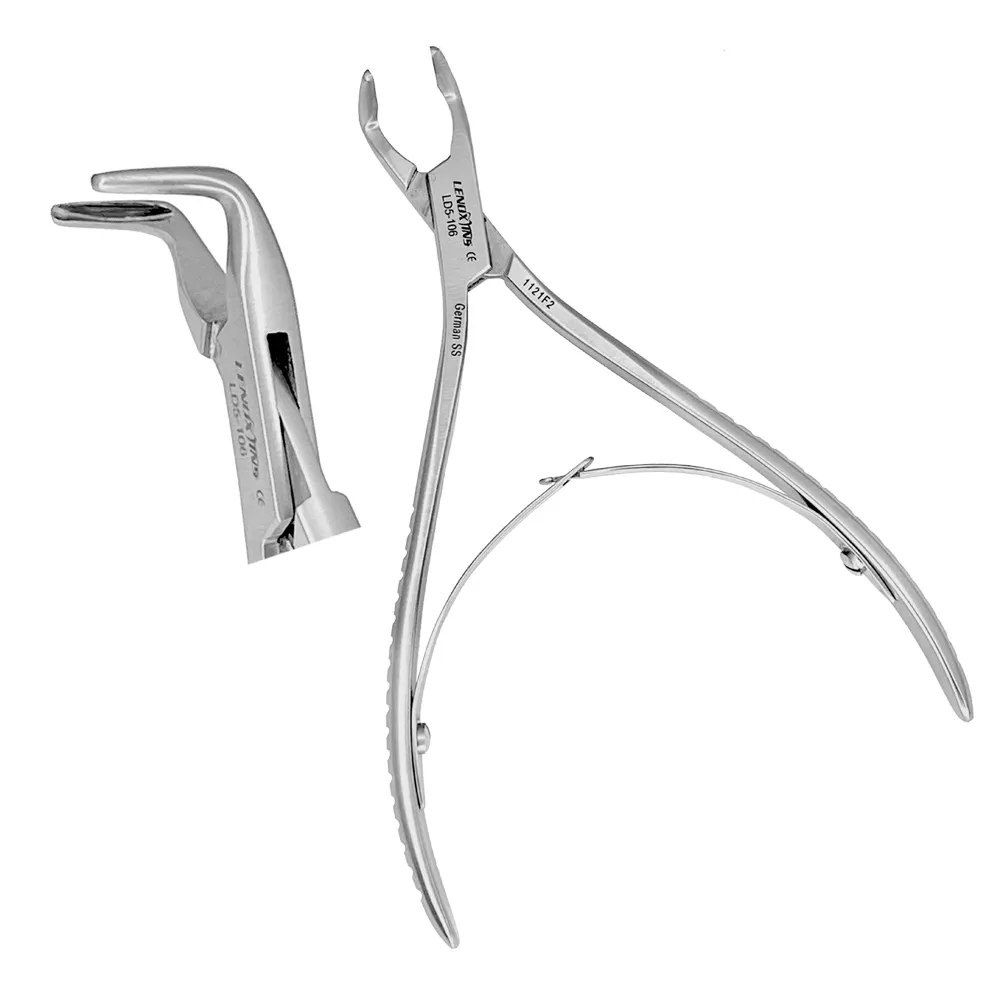
Bone Rongeurs
-
Micro Friedman Bone RONGEUR 15cm 30° Curved
Rated 0 out of 5CA$120The Lenox Instruments Micro Friedman Bone Rongeur 15cm 30° Curved is expertly crafted for precise bone cutting and shaping. With its 30° curved jaws, this versatile rongeur is ideal for intricate bone procedures and dental extractions, providing enhanced visibility and control. -
Micro Friedman Bone RONGEUR 15cm 90° Curved
Rated 0 out of 5CA$120The Lenox Instruments Micro Friedman Bone Rongeur 15cm 90° Curved is expertly designed for precision in bone cutting and shaping. With its 90° curved jaws, this rongeur provides enhanced access and control, making it ideal for complex bone procedures and extractions. -
Micro Friedman Bone Rongeur La-Grange Bending 15cm
Rated 0 out of 5CA$120The Lenox Instruments Micro Friedman Bone Rongeur La-Grange Bending 15cm is designed for precise bone contouring and manipulation. With its La-Grange bending feature, this rongeur offers enhanced flexibility and control, making it ideal for intricate bone procedures in dental and surgical practices. -
Boehler Rongeur Double Action CVD 15cm
Rated 0 out of 5CA$190The Böhler Rongeur Double Action Curved by Lenox Instruments, measuring 15cm, is crafted for precise bone removal with its curved design and double-action mechanism. Its superior construction ensures both efficiency and durability in surgical procedures. -
Soft Tissue Nipper
Rated 0 out of 5CA$40The Soft Tissue Nipper is a precision instrument crafted from high-quality medical-grade stainless steel, designed for cutting and trimming soft tissue with accuracy and comfort -
Blumenthal Bone Rongeur 90° Curved 15cm
Rated 0 out of 5CA$120The Blumenthal Bone Rongeur 90° Curved 15cm is a high-precision surgical instrument designed for the effective removal of bone during dental and orthopedic procedures. With a 90° curved design, this rongeur offers superior control and access to hard-to-reach areas, making it an indispensable tool for oral surgeons and dental professionals focused on precise bone contouring and removal.
4. Endodontic Instruments
Endodontic instruments play a pivotal role in the field of dentistry, particularly when it comes to root canal treatments. These specialized tools are designed to facilitate the intricate procedures involved in saving a tooth from potential extraction due to infection or decay. During my experience, I’ve come to appreciate the precision and innovation that goes into crafting these instruments. From hand files that help shape and clean the canal to rotary files that make the process more efficient, each tool has its purpose and contributes significantly to successful outcomes.
In my practice, I often rely on instruments like apex locators and endodontic lasers, which have transformed the way we approach root canal therapy. Apex locators allow for accurate determination of the root canal’s length, ensuring that we can effectively treat the entire canal system. Meanwhile, lasers provide a minimally invasive option that enhances disinfection while also reducing patient discomfort. The advancements in endodontic instruments not only improve the efficacy of treatments but also elevate the overall patient experience. As I continue to see the benefits of these tools in real-time, I’m reminded of how essential it is for professionals to stay updated on the latest technological innovations in our field.
Endodontic Instruments
-
Endo Organizer Box – Green
Rated 0 out of 5CA$70The ENDO Instruments Organizer Box by Lenox Instruments is a professionally designed storage solution for endodontic files, burs, reamers, and spreaders. Crafted with high-quality, autoclavable materials, this organizer ensures sterile, efficient, and hassle-free instrument management for dental professionals. -
Endo Organizer Box
Rated 0 out of 5CA$60The ENDO Instruments Organizer Box by Lenox Instruments is a professionally designed storage solution for endodontic files, burs, reamers, and spreaders. Crafted with high-quality, autoclavable materials, this organizer ensures sterile, efficient, and hassle-free instrument management for dental professionals. -
ENDO Organizer Box
Rated 0 out of 5CA$80The ENDO Instruments Organizer Box by Lenox Instruments is a professionally designed storage solution for endodontic files, burs, reamers, and spreaders. Crafted with high-quality, autoclavable materials, this organizer ensures sterile, efficient, and hassle-free instrument management for dental professionals. -
Endo Organizer Box
Rated 0 out of 5CA$60The ENDO Instruments Organizer Box by Lenox Instruments is a professionally designed storage solution for endodontic files, burs, reamers, and spreaders. Crafted with high-quality, autoclavable materials, this organizer ensures sterile, efficient, and hassle-free instrument management for dental professionals. -
ENDO ORGANIZER BOX- Blue
Rated 0 out of 5CA$70The ENDO Instruments Organizer Box by Lenox Instruments is a professionally designed storage solution for endodontic files, burs, reamers, and spreaders. Crafted with high-quality, autoclavable materials, this organizer ensures sterile, efficient, and hassle-free instrument management for dental professionals. -
Root Canal Endo Explorer/Condenser Double Ended (0.5mm/1.0mm)
Rated 0 out of 5CA$40The Root Canal Endo Explorer with a 0.5mm condenser and 1.0mm double-ended design by Lenox Instruments is crafted for precision in endodontic procedures. This versatile tool ensures accurate exploration and condensation, making it essential for effective root canal treatments.
Endodontic procedures, such as root canals, require specialized tools for cleaning and shaping root canals.
a. Endodontic Files
As a professional in the field of dentistry, I often find myself discussing the vital role that endodontic files play in root canal treatments. These specialized instruments are designed to clean out the root canals of teeth, removing infected tissue and debris while allowing us to shape and prepare the canal for filling. Made from durable materials like stainless steel or nickel-titanium, endodontic files come in various sizes and shapes to navigate the intricate anatomy of each tooth. Their design is not only crucial for efficacy but also for ensuring that we can reach even the most challenging areas of a tooth’s root system without causing additional damage.
Furthermore, the innovation in endodontic file technology has greatly enhanced the practice of endodontics. Today, we have access to rotary files that can be powered by handpieces, streamlining the procedure and improving efficiency. These advancements allow for precision and reduce the number of appointments needed for patients undergoing treatment. In my practice, I’ve seen firsthand how these tools can transform what was once a lengthy and sometimes painful experience into a more comfortable and effective procedure. Understanding and utilizing the right endodontic files is essential for achieving successful outcomes and ensuring patient satisfaction, which is always my top priority.
- Purpose: Clean and shape the root canal during endodontic treatment.
- Why It’s Essential: High-quality files ensure thorough cleaning and minimal breakage.
- Recommended Product: Endo Organizer Box – Reliable and efficient for root canal procedures.
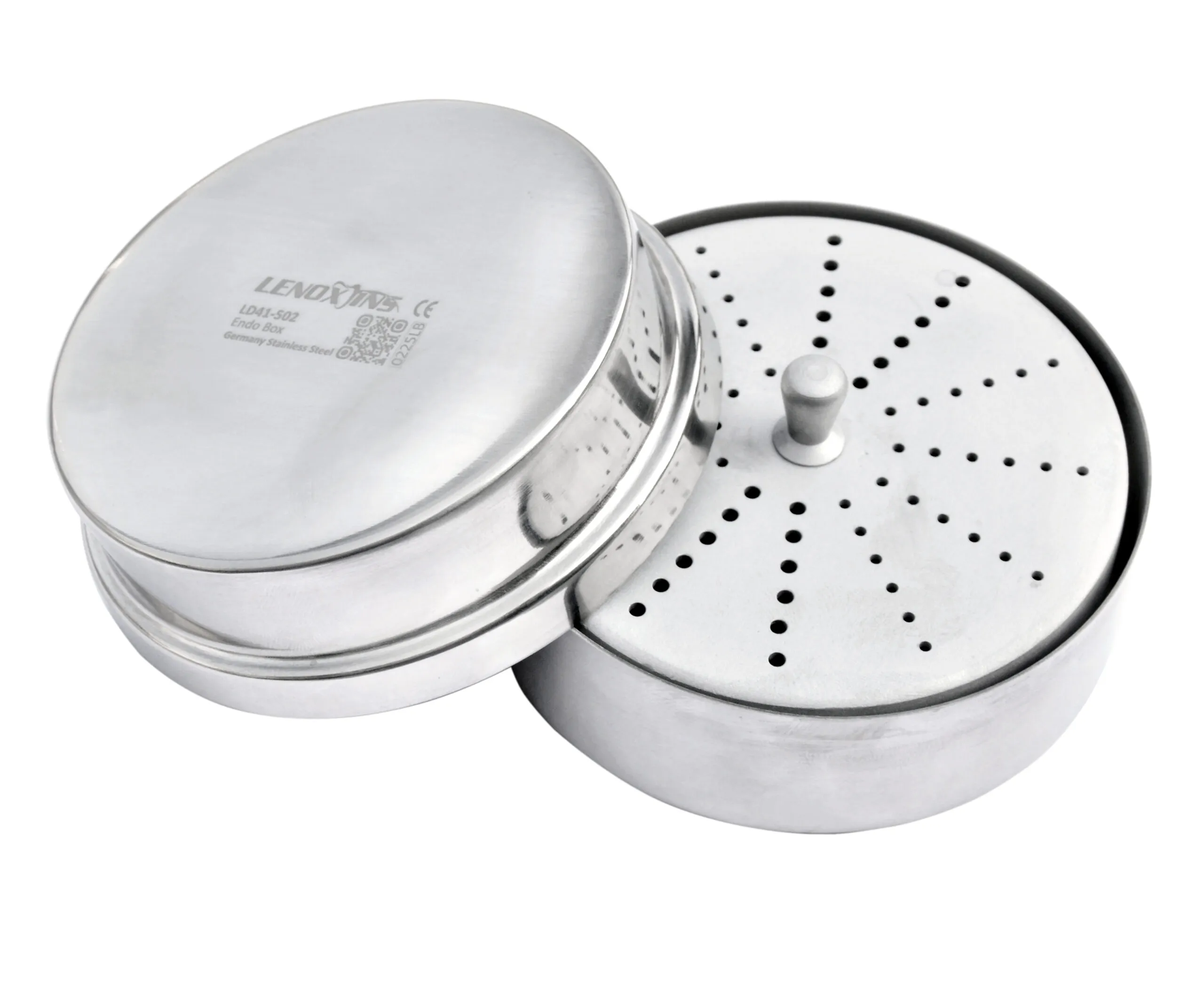
Endodontic Files
-
Bone Files Miller Straight Cut – Precision Dental Surgical Instrument
Rated 0 out of 5CA$40Discover the Bone Files Miller Straight Cut by Lenox Instruments. Perfect for precise bone contouring, durable and ergonomic. Trusted by dental professionals in Canada, USA, UK, Australia, and Europe. Shop now! -
Bone Files Miller Cross Cut Small Heads – Precision Dental Surgical Instrument
Rated 0 out of 5CA$40Discover the Bone Files Miller Cross Cut Small Heads by Lenox Instruments. Perfect for precise bone contouring, durable and ergonomic. Trusted by dental professionals in Canada, USA, UK, Australia, and Europe. Shop now! -
Bone Files Miller Cross Cut – Precision Dental Surgical Instrument
Rated 0 out of 5CA$40Discover the Bone Files Miller Cross Cut by Lenox Instruments. Perfect for precise bone contouring, durable and ergonomic. Trusted by dental professionals in Canada, USA, UK, Australia, and Europe. Shop now! -
Bone Files Miller Straight Cut Small Heads – Precision Dental Surgical Instrument
Rated 0 out of 5CA$40Discover the Bone Files Miller Straight Cut Small Heads by Lenox Instruments. Perfect for precise bone contouring, durable and ergonomic. Trusted by dental professionals in Canada, USA, UK, Australia, and Europe. Shop now! -
Dental Bone Files Wahl 1 – Precision Dental Surgical Instrument
Rated 0 out of 5CA$40Discover the Dental Bone Files Wahl 1 by Lenox Instruments. Perfect for precise bone contouring, durable and ergonomic. Trusted by dental professionals in Canada, USA, UK, Australia, and Europe. Shop now! -
Periodontal Files 3S/4S Sugarman Buccal/Lingual – Precision Dental Surgical Instrument
Rated 0 out of 5CA$40Discover the Periodontal Files 3S/4S Sugarman Buccal/Lingual by Lenox Instruments. Precision-crafted tool for granulomatous tissue removal. Durable, ergonomic, and professional-grade. Shop now!
b. Rubber Dam Clamps
As a dental professional, I’ve come to appreciate the critical role that rubber dam clamps play in enhancing the quality of my practice. These small yet powerful tools are essential for creating a clean and isolated working environment during restorative procedures. When I use rubber dams, I achieve better visibility and access, especially in the difficult-to-reach areas of the mouth. The clamps secure the rubber dam in place, ensuring that saliva and other contaminants don’t interfere with the treatment. This isolation not only protects the tooth being worked on but also enhances patient safety and comfort throughout the procedure.
Moreover, using rubber dam clamps can significantly reduce the time spent on each treatment. With a solid, reliable clamp holding the rubber dam securely, I can focus on the clinical task at hand without constantly needing to manage saliva or worry about accidental contamination. I’ve noticed a marked improvement in the overall quality of my work, from tooth preparation to bonding restoratives, simply by incorporating them into my routine. In addition, patients often feel more relaxed knowing that I’m able to maintain a clean and controlled environment in their mouths, leading to a more pleasant dental experience overall. Emphasizing this aspect in practice not only boosts patient satisfaction but also reinforces the standards of care in our profession.
- Purpose: Isolate the tooth during endodontic procedures.
- Why It’s Essential: Keeps the treatment area dry and free from contamination.
- Recommended Product: Rubber Dam Clamp Set – Ensures optimal isolation.
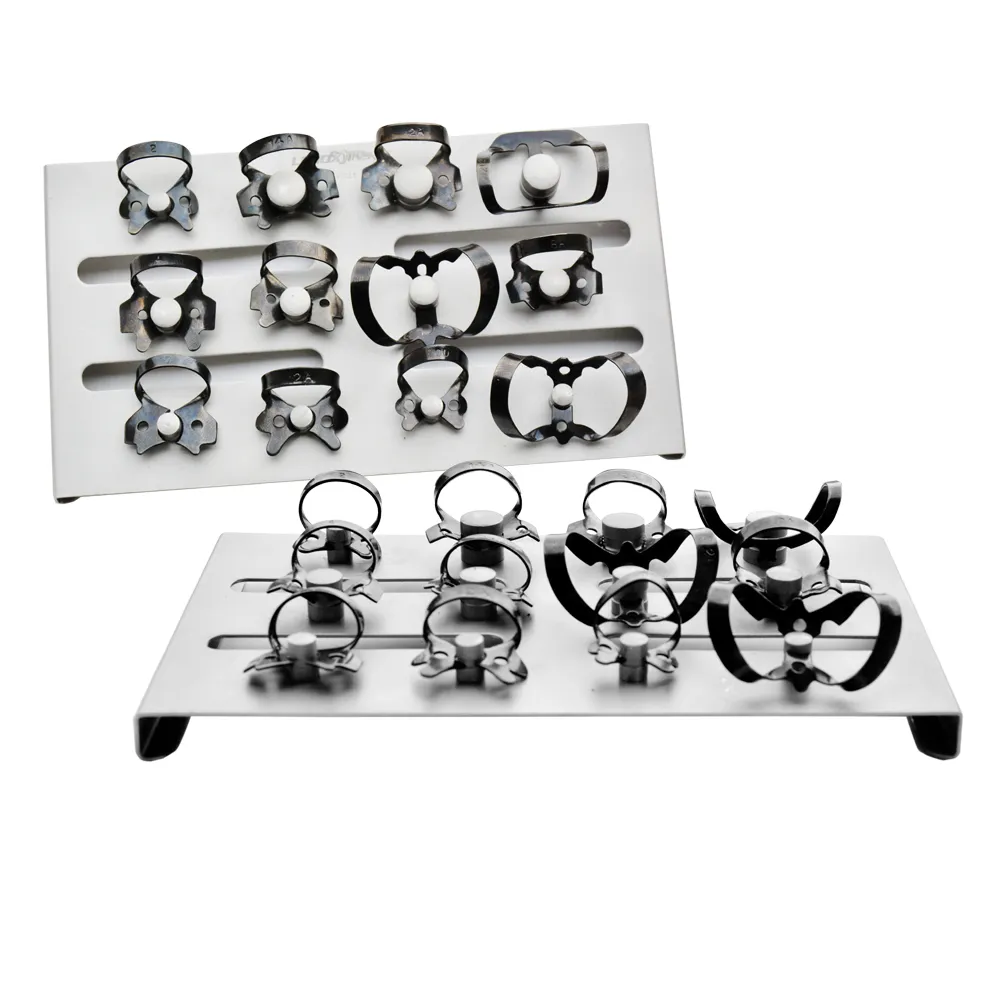
Rubber Dam Clamps
-
Rubber Dam Instruments Set
Rated 0 out of 5CA$500The Lenox Instruments Rubber Dam Instruments Set, housed in a durable stainless steel cassette, provides all essential tools for effective rubber dam placement and management, ensuring a dry, clean working area during dental procedures. -
Dental Rubber Dam Brinker Gingival Tissue Clamps Set of 6
Rated 0 out of 5CA$60The Dental Rubber Dam Brinker Gingival Tissue Clamps Set of 6 includes sizes B1 to B6, designed for precise application and secure isolation of gingival tissue. Made from high-quality stainless steel, these clamps ensure reliable performance and durability. -
Rubber Dam Farms Set of 3
Rated 0 out of 5CA$30The Rubber Dam Clamps Set of 3 includes small, medium, and large sizes, all crafted from high-quality stainless steel. Designed for secure application of rubber dams, these clamps ensure effective isolation during dental procedures. -
-
-
5. Orthodontic Instruments
When it comes to orthodontic practice, the tools we use can make all the difference in delivering effective and efficient care. Orthodontic instruments are specifically designed to facilitate various procedures, from braces adjustments to wire bending. Each instrument has its own unique function, and understanding their purposes is crucial for both orthodontists and dental assistants alike. For instance, pliers are indispensable in our toolkit; they help us manipulate wires and brackets with precision, ensuring that each element of the orthodontic appliance fits perfectly in place.
Beyond just functionality, the quality and design of orthodontic instruments are essential for achieving the best outcomes for our patients. Sleek, ergonomic handles allow for better control and reduced fatigue during long procedures, while high-quality materials ensure durability and hygiene. Investing in top-notch instruments not only enhances our efficiency but also contributes to a comfortable experience for our patients. As I reflect on my practice, I appreciate how these tools continue to evolve, incorporating advanced technology that aids in treatment planning and execution. Overall, a well-equipped practice with the right orthodontic instruments can significantly enhance both the clinician’s experience and the patient’s journey toward a healthier, more beautiful smile.
Orthodontic Instruments
-
Ceramic Brackets Removing Plier STR
Rated 0 out of 5CA$80The Ceramic Brackets Removing Plier Straight by Lenox Instruments is designed for the precise and efficient removal of ceramic brackets. Featuring a straight jaw design, this plier ensures effective grip and control during the bracket removal process, enhancing both patient comfort and procedural efficiency. -
Distal End Flush Cutter Cut & Hold
Rated 0 out of 5CA$130The Distal End Flush Cutter Cut & Hold - Black Series by Lenox Instruments is engineered for superior durability and precision in orthodontic wire trimming. Featuring a special tip insert for enhanced cutting performance and longevity, this tool ensures firm and secure wire cutting, making it an essential addition to any orthodontic practice. -
Cotton Pliers Diamond Dust Coated Fine Point – Precision Dental Surgical Instrument
Rated 0 out of 5CA$30Discover the Cotton Pliers Diamond Dust Coated Fine Point by Lenox Instruments. High-quality dental surgical instrument for precision handling during procedures. Premium stainless steel, ergonomic design, and versatile use. Shop now! -
Cotton Pliers Fine Point – Precision Dental Surgical Instrument
Rated 0 out of 5CA$25Explore the Cotton Pliers Fine Point by Lenox Instruments. Premium dental surgical tool with fine-point tips for precision handling. Durable, ergonomic, and ideal for dental and surgical procedures. Shop now! -
Buccal tube Convertible Cap Removing Plier
Rated 0 out of 5CA$120The Buccal Tube Convertible Cap Removing Pliers by Lenox Instruments are precision-engineered tools designed for the efficient removal of buccal tube caps. Featuring a versatile design that allows for easy cap removal and secure handling, these pliers are essential for orthodontic procedures, enhancing your practice's efficiency and accuracy. -
Distal End Cutter With Hold, Long Handle 14cm
Rated 0 out of 5CA$120The Distal End Cutter with Hold, Long Handle 14cm by Lenox Instruments, part of the Black Series, is engineered for exceptional durability and precision in orthodontic wire cutting. Featuring a unique hold mechanism and a long handle for enhanced leverage, this tool ensures secure and accurate wire trimming, making it a vital addition to any orthodontic practice.
Orthodontic treatments require tools for adjusting braces, wires, and other appliances.
a. Orthodontic Pliers
As a professional in the field of orthodontics, I often find myself discussing the significance of the tools we use, and one of the most essential pieces of equipment in my practice is orthodontic pliers. These specially designed instruments are not just about functionality; they are a blend of precision and craftsmanship that allows us to execute delicate procedures effectively. Whether it’s for bending wires, adjusting brackets, or inserting elastic modules, each type of orthodontic pliers serves a unique purpose that streamlines our operations and enhances patient outcomes.
Using orthodontic pliers requires both skill and an understanding of the intricacies behind each design. For instance, utility pliers are perfect for general adjustments, while bracket placement pliers equip us with the ability to place brackets with great accuracy. Beyond their practical applications, the ergonomic designs of these tools are crafted to minimize hand fatigue, allowing me to maintain focus and precision throughout long hours in the clinic. In my experience, the right pair of pliers can make a noticeable difference in the efficiency of a procedure, not to mention the comfort of my patients. Ultimately, investing in high-quality orthodontic pliers is not just a matter of convenience; it’s about providing the best care for my patients and ensuring that every step of their treatment is carried out with the utmost precision.
- Purpose: Bend, cut, and adjust wires and brackets.
- Why It’s Essential: Precision pliers ensure accurate adjustments.
- Recommended Product: Orthodontic Pliers Set – Includes all essential pliers for orthodontic work.
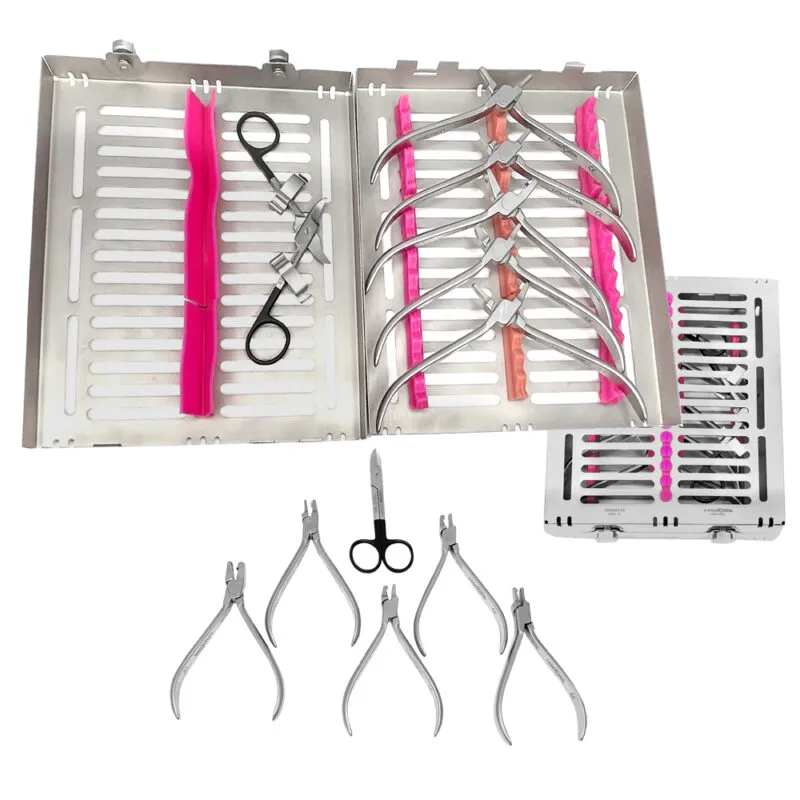
Orthodontic Pliers
-
Ceramic Brackets Removing Plier STR
Rated 0 out of 5CA$80The Ceramic Brackets Removing Plier Straight by Lenox Instruments is designed for the precise and efficient removal of ceramic brackets. Featuring a straight jaw design, this plier ensures effective grip and control during the bracket removal process, enhancing both patient comfort and procedural efficiency. -
Buccal tube Convertible Cap Removing Plier
Rated 0 out of 5CA$120The Buccal Tube Convertible Cap Removing Pliers by Lenox Instruments are precision-engineered tools designed for the efficient removal of buccal tube caps. Featuring a versatile design that allows for easy cap removal and secure handling, these pliers are essential for orthodontic procedures, enhancing your practice's efficiency and accuracy. -
Hole Punch Cutter 3MM – Orthodontic Retainer Invisible Brace Clear Aligner Pliers,
Rated 0 out of 5CA$120The Lenox Instruments Hole Punch Cutter 3MM is designed for precise cutting of orthodontic retainers, invisible braces, and clear aligners. This essential tool offers accurate hole punching to ensure a perfect fit and optimal performance of orthodontic appliances. -
Step Detailing Pliers- Intra-oral- 0.75mm
Rated 0 out of 5CA$100The Lenox Instruments Step Detailing Pliers - Intra-oral - 0.75mm, part of our Black Series, are engineered for precision and durability. Featuring a specialized tip designed for extended lifespan, these pliers are ideal for detailed intra-oral procedures. -
Step Detailing Pliers- Intra-oral- 1.00MM
Rated 0 out of 5CA$100The Lenox Instruments Step Detailing Pliers - Intra-oral - 1.00mm, part of our Black Series, are engineered for precision and endurance. With a robust tip designed for long-term use, these pliers provide exceptional control and performance for detailed dental tasks. -
Step Detailing Pliers- Intra-oral- 0.25mm
Rated 0 out of 5CA$100The Lenox Instruments Step Detailing Pliers - Intra-oral - 0.25mm from our Black Series are designed for exceptional precision and durability. Equipped with a specialized tip for extended lifespan, these pliers are perfect for intricate dental procedures.
b. Bracket Holders
As a professional in the world of organized spaces and efficient designs, I’ve come to appreciate the importance of every little element in achieving functionality and aesthetic appeal. One such unsung hero in this realm is the bracket holder. These small yet mighty components play a crucial role in providing support for shelves, cabinets, and other structural elements within our living and working environments. Designed to hold items securely in place, bracket holders come in various shapes, sizes, and materials, allowing for a tailored approach to suit any project’s needs.
In my experience, the right choice of bracket holder can not only enhance the strength and stability of a setup but can also accentuate the overall design. For instance, selecting a sleek metal bracket for an industrial-themed room can add an excellent textural contrast, while wooden brackets may seamlessly blend with rustic decor. Therefore, when planning a space, I always encourage clients and DIY enthusiasts alike to think carefully about the bracket holders they choose. By doing so, they not only ensure their shelves are secure but also contribute to the overall style and coherence of the project, showcasing that sometimes it’s the small details that make the biggest impact.
- Purpose: Place and position brackets during orthodontic procedures.
- Why It’s Essential: Ensures precise bracket placement.
- Recommended Product: Bracket Holder – Designed for easy handling.
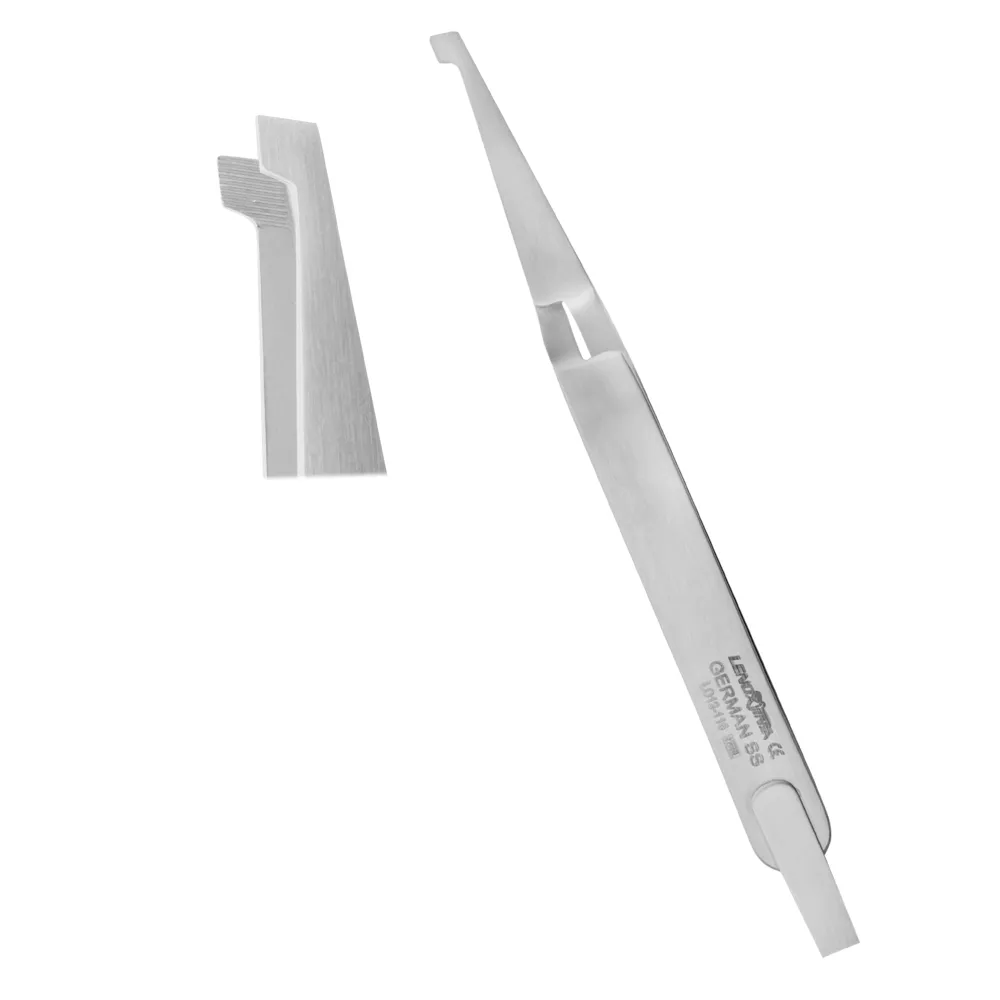
Bracket Holders
-
Positive Posterior Bracket Positioner
Rated 0 out of 5CA$40The Orthodontic Positive Posterior Bracket Positioner from Lenox Instruments is designed to ensure precise and consistent placement of brackets on posterior teeth. This specialized tool enhances accuracy in orthodontic treatments, contributing to optimal alignment and patient outcomes. -
Bonding Bracket Tweezers 13.5cm
Rated 0 out of 5CA$25The Bonding Bracket Holder Tweezer, 13.5cm is a precision dental instrument specifically designed to assist in the accurate placement and bonding of orthodontic brackets. With a focus on control and precision, these tweezers ensure that brackets are securely held and positioned during bonding procedures, making them an essential tool for orthodontists. -
Bonding Bracket Tweezers with Blade, 13.5cm
Rated 0 out of 5CA$25The Bonding Bracket Tweezers with Blade, 13.5cm are specialized orthodontic instruments designed to facilitate the precise placement and bonding of brackets. Featuring an integrated blade, these tweezers provide enhanced control and accuracy, ensuring that brackets are securely held and positioned during bonding procedures. -
Buccal Tube Tweezer
Rated 0 out of 5CA$25The Buccal Tube Tweezer is a specialized orthodontic instrument designed for the precise placement and secure handling of buccal tubes during orthodontic procedures. Engineered for accuracy and ease of use, this tweezer ensures that buccal tubes are securely gripped and positioned, making it an essential tool for orthodontists focused on delivering high-quality patient care. -
-
Conclusion: Building a Well-Equipped Dental Practice
Creating a well-equipped dental practice is not just a goal; it’s a journey that requires meticulous planning, investment, and an understanding of both patient needs and industry standards. As a professional in the field, I can’t emphasize enough the importance of staying current with technological advancements and treatment methodologies. The right equipment and tools can significantly enhance patient care, streamline operations, and set your practice apart from others. Whether it’s investing in state-of-the-art imaging systems or ensuring that your practice adheres to the latest sterilization protocols, every decision you make should aim to not only improve clinical outcomes but also elevate the overall patient experience.
Moreover, it’s crucial to build a supportive team and foster a culture that prioritizes continuous learning. Training staff in new technologies and techniques is equally as important as the tools themselves. Encouraging an environment of collaboration and innovation can lead to better problem-solving and ultimately improve patient satisfaction. Additionally, maintaining a solid marketing strategy that communicates your practice’s commitment to quality and safety will attract new patients. In conclusion, building a well-equipped dental practice takes more than just the right tools; it involves a holistic approach where you continuously strive for excellence in patient care, technological adoption, and team development. This commitment not only benefit the practice but also enriches the lives of those we serve.
Equipping your practice with the right tools is an investment in your patients’ health and your clinic’s success. At Lenox Instruments, we’re committed to providing high-quality, durable, and ergonomic dental instruments that meet the needs of modern dental professionals. Whether you’re looking for diagnostic tools, surgical instruments, or orthodontic supplies, we’ve got you covered.
Explore our full range of products and elevate your practice today. Visit Lenox Instruments to shop now!


